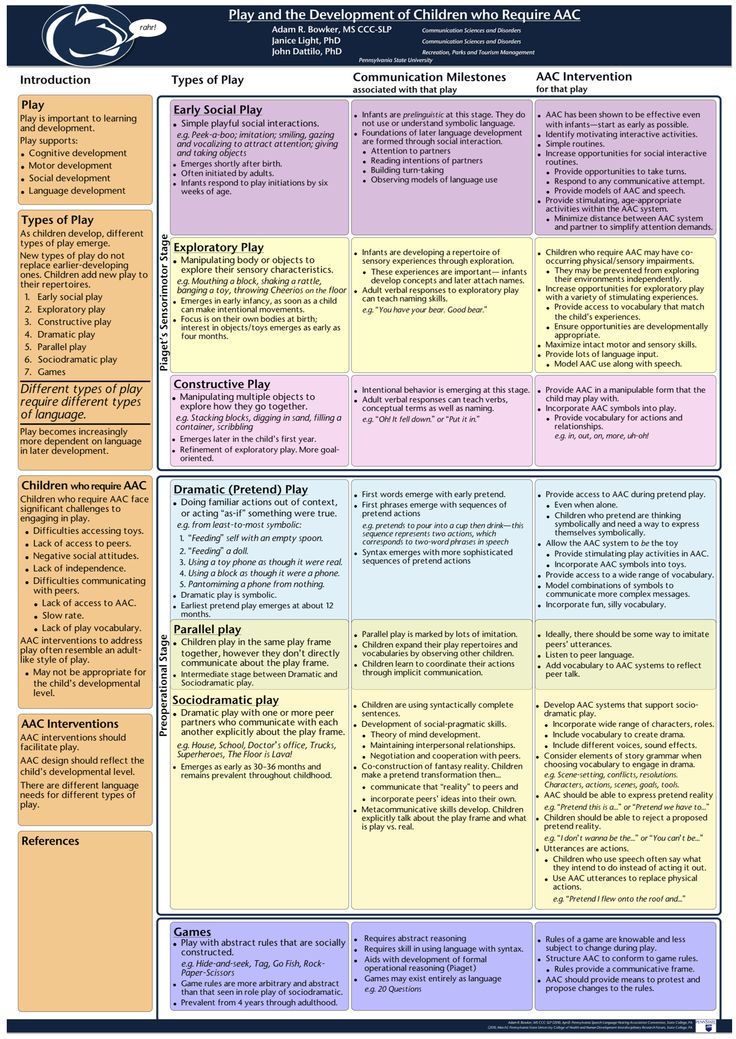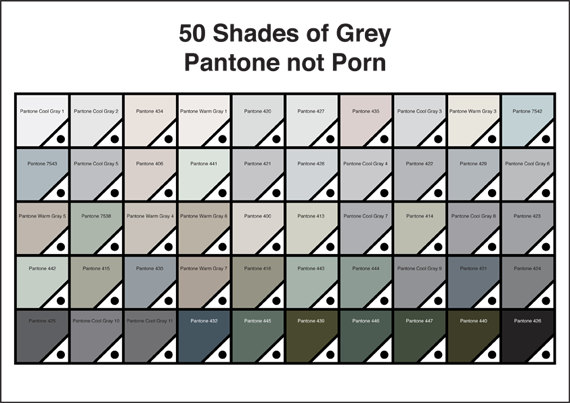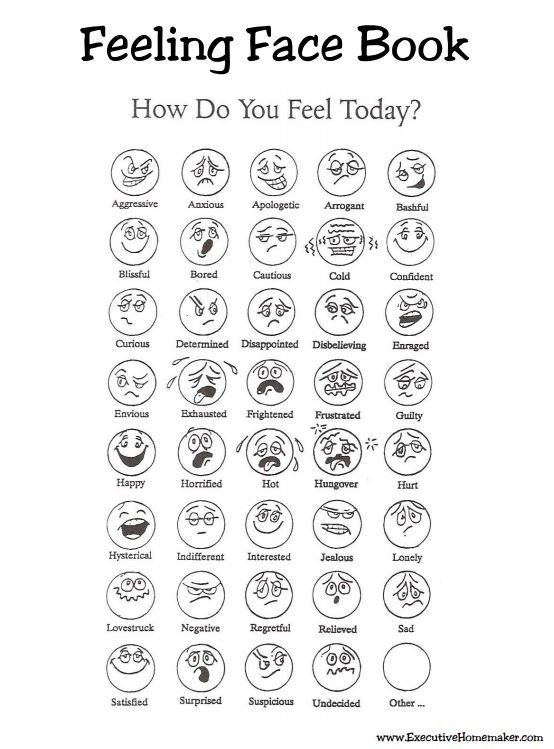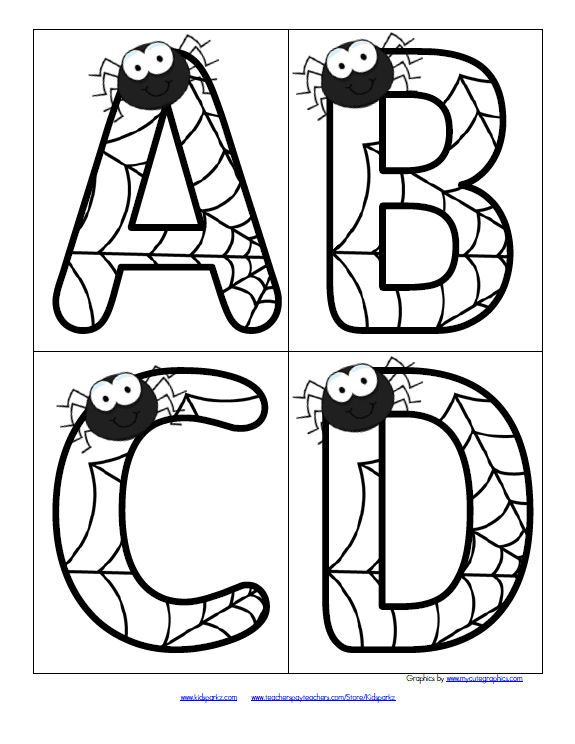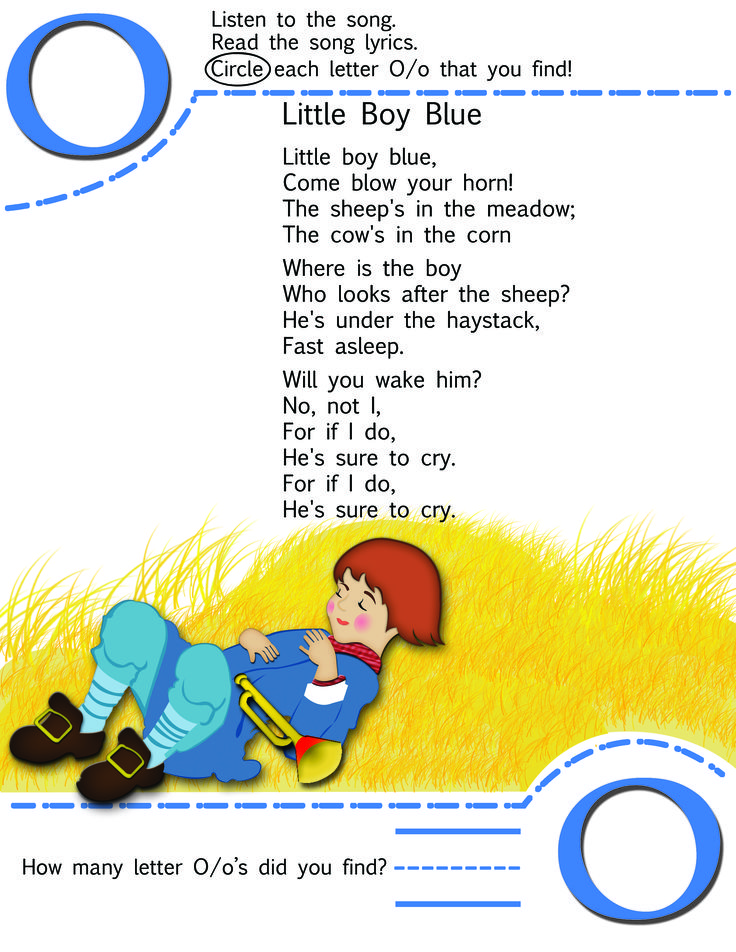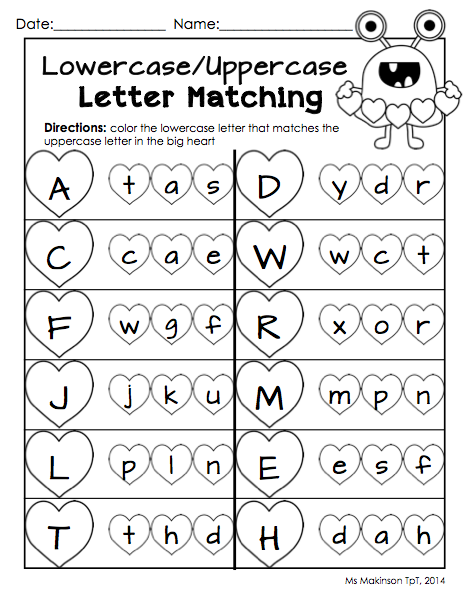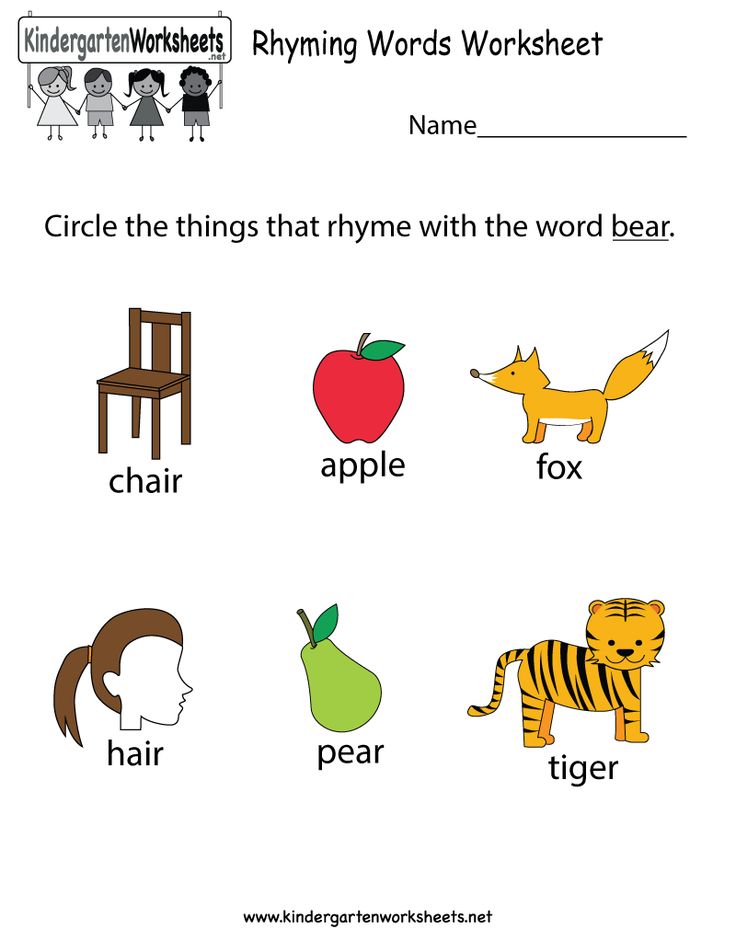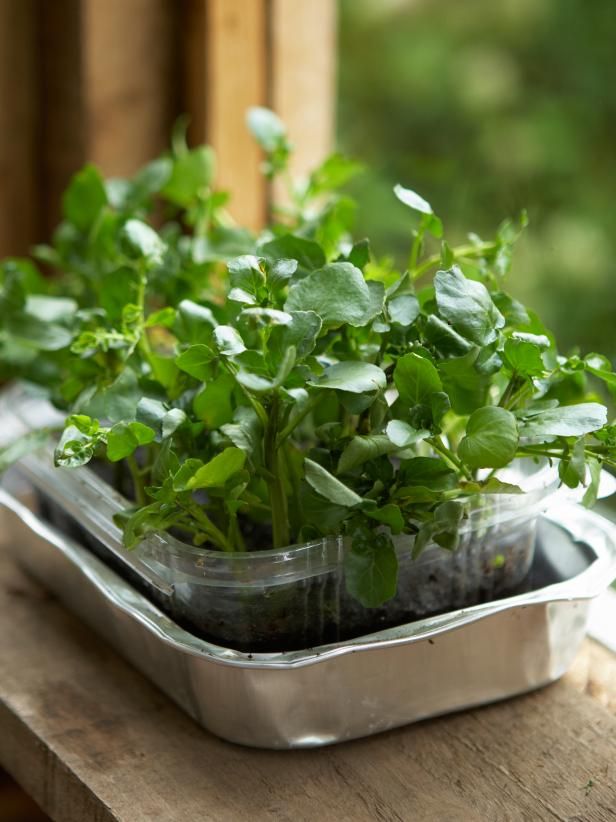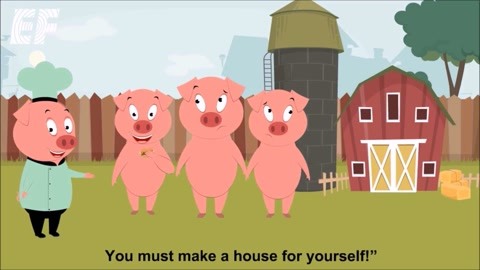Relaxation story for kids
Benefits + Free Relaxation Scripts
Guided meditation has so many benefits for kids. Using a meditation script is a relaxing and spacious way to encourage mindfulness with your child. From full body relaxation exercises to fun adventures like a magic carpet ride, your child will reap countless benefits from this special bonding time with you.
Meditation is one of the best mindfulness tools you can equip your child with. It helps kids on a big-picture level when it comes to managing stress and anxiety. And overall mindfulness can head off stress before it turns into a cortisol event (or an all-out tantrum for little ones).
Here we’ll cover the benefits of meditation, why guided meditation is a great starting point for kids, how to get started, and you can get 50+ free guided relaxation scripts to practice with your child.
Table of contents
- What is Guided Meditation?
- The Benefits of Guided Meditation for Kids
- Guided Meditation for Kids
- Links to Sample Meditation Scripts
- How to Use a Guided Meditation Script with Your Child
- Get Started with Your Child
In guided meditation, rather than practicing in silence, one is led by another person’s voice. For instance, a parent can read a guided meditation script to their child before bedtime. Being guided can help the meditator focus, prevent their mind from wandering and offer them an entirely new experience.
Nearly every religion (Christianity, Buddhism, Hinduism, Judaism, Islam, etc.) has a tradition of using meditative practices. Meditation has been used for thousands of years to help relieve stress, anxiety, and the feeling of being out of control or overwhelmed. It also helps improve self-awareness, empathy, and mindfulness.
You don’t need lots of experience—just focusing on your own out-breath from start to finish is a beginning. Feel the sound, the sensation. Trust your intuition for knowing what’s best for your child, and when you practice mediation together, that connection will grow stronger.
Lorraine Murray, author of Calm Kids: Help Children Relax With Mindful Activities
During a meditation session, you may focus on breathing, noticing sensations in your body, relaxing, visualizing, and engaging your senses.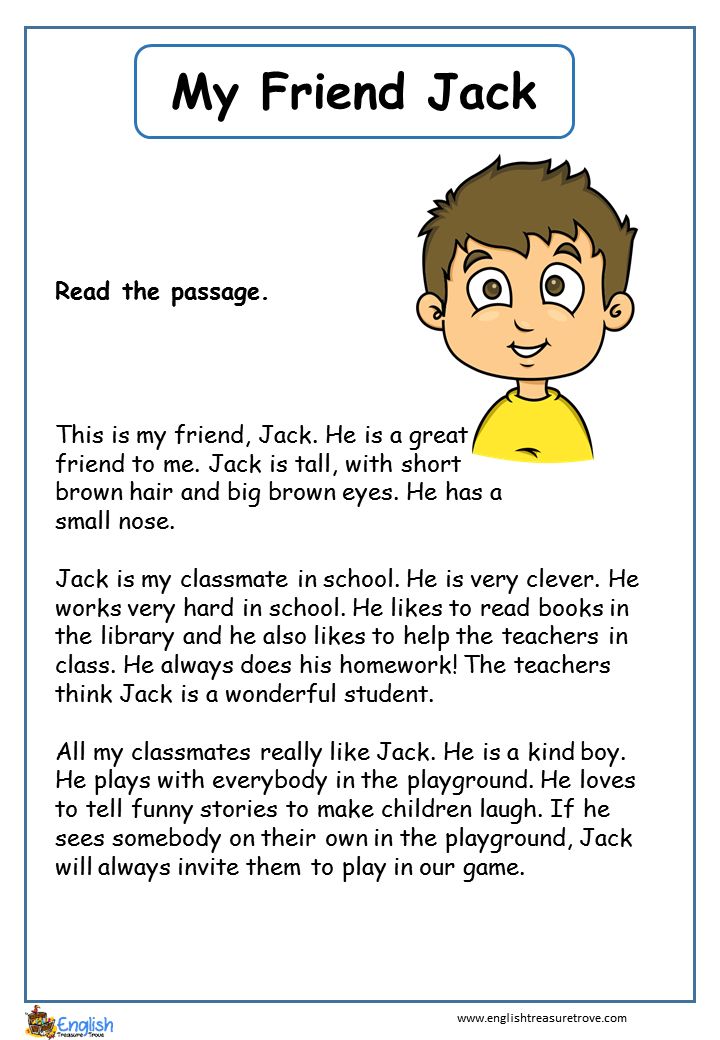 This mind-body practice provides benefits that last far beyond the meditation session.
This mind-body practice provides benefits that last far beyond the meditation session.
The benefits of meditation are numerous – both at home and in the classroom. And good habits early on can lead to a lifetime of well-being. Meditation can
- improve a child’s positive thinking, happiness, and empathy
- help reduce pain and headaches
- improve self esteem
- help children fall asleep faster, and improve sleep quality
- lower cortisol levels, resulting in decreased stress in the body
- help kids focus and concentrate – In a 2019 study, high school students who practiced meditation displayed better attention spans than students who didn’t.
- encourage the use of imagination during guided meditation and help them access their natural creativity both during and after the session
- connect kids with their own emotions as well as the emotions of others, leading to more compassion and a keen sense of emotional intelligence (source)
- improve active listening skills
Some studies have found that kids who are taught to improve their learning or thinking process early on are lifelong better learners and become more resilient.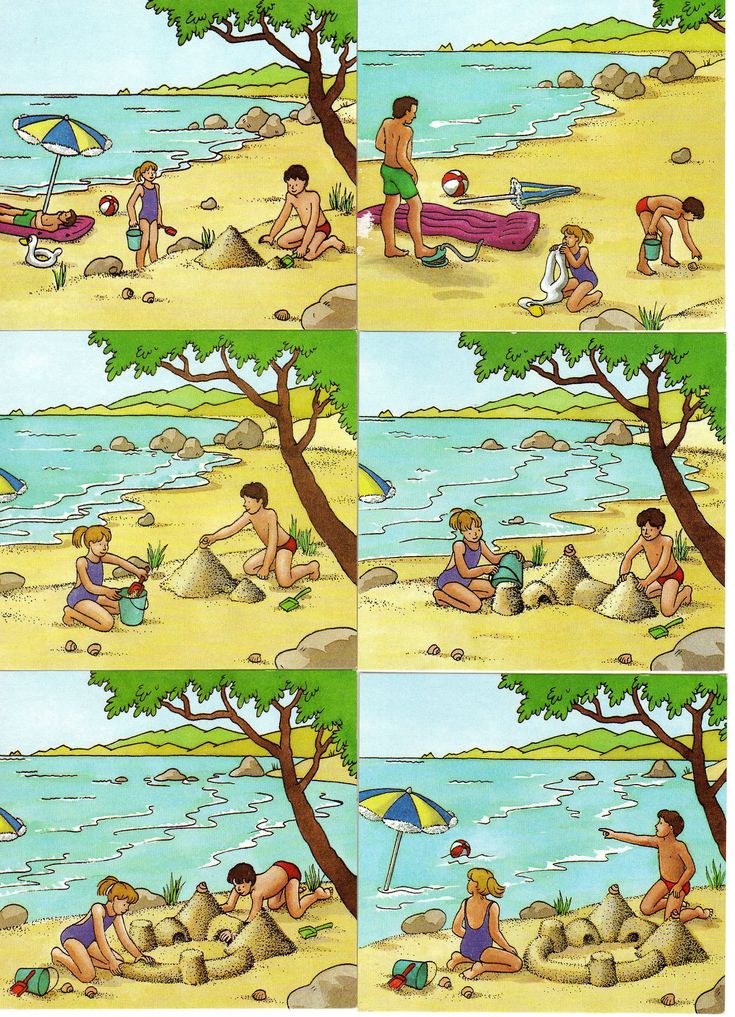
A 2014 JAMA Internal Medicine study reviewed mindfulness studies in relation to psychological stress and well-being. The analysis included 3,500 participants and compared mindfulness-based stress reduction, transcendental mediation, or mantra-based techniques, and tracked participants on a variety of outcomes — like anxiety, depression, and stress scores.
They found these practices moved the needle on anxiety and depressive symptoms to a degree “comparable with what would be expected from the use of an antidepressant in a primary care population.”
While sitting still in lotus pose for more than a few minutes might be challenging for an antsy child, they tend to love guided imagery and stories. They can take center stage in a self-esteem building adventure or relax into a deep breathing exercise.
Guided Meditation for KidsBedtime used to be a battle with our 5-year-old daughter. Since we tried the Lazy River meditation, she’s a completely different kid! Instead of getting hyper or negotiating her nightly routine, she’s calm and seems almost happy to go to bed now.
Marisol R., parent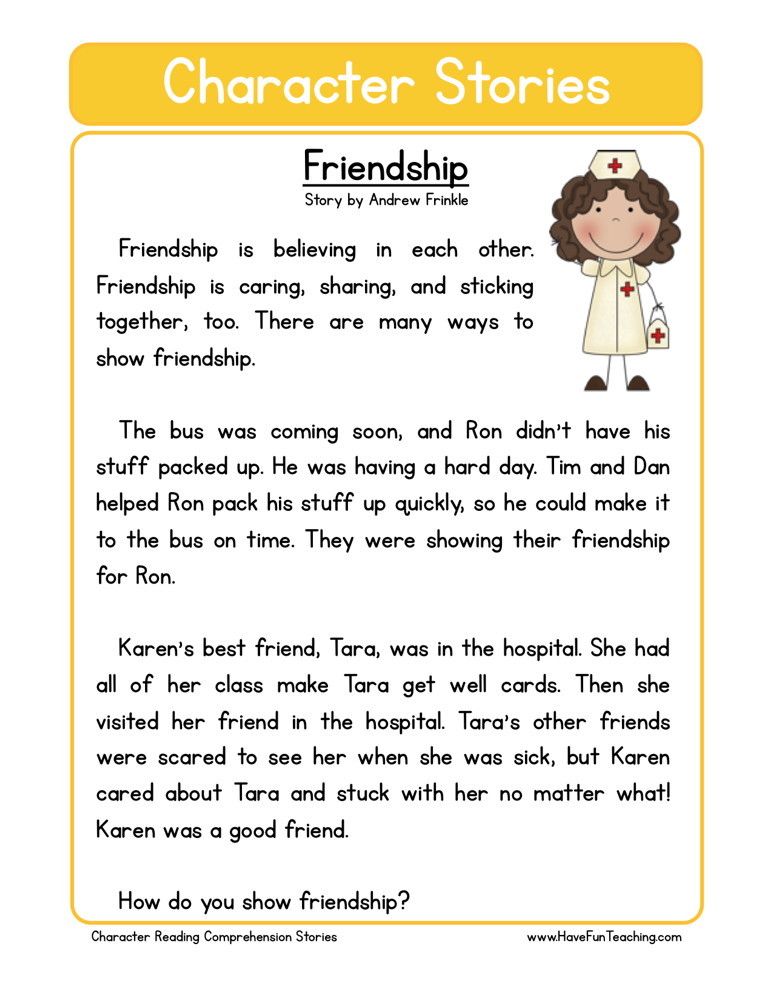
A July 2021 study found that elementary school kids who practiced mindfulness training slept an average of 74 extra minutes a night.
Our guided meditation scripts for kids have been a much loved part of Green Child for 11 years now. These scripts help kids and teens to improve self-esteem, relieve stress and anxiety, find peace in the present moment, manage anger, and develop an overall positive mental attitude at school and at home.
You can find our ever-growing library of guided meditation and guided imagery scripts for kids all in one place. These calming meditations are written exclusively for Green Child readers by Mellisa Dormoy of Shambala Kids. (They are not available for recording or republishing.)
When you subscribe below, you’ll get full access to the library where you can browse the topics to see which guided meditations will most benefit your child.
Choose a guided imagery script and read it to yourself to find the rhythm before you read it to your child. Once you’re ready and your child is relaxed, simply read in a calm voice, pausing to let the words and feelings sink in.
Once you’re ready and your child is relaxed, simply read in a calm voice, pausing to let the words and feelings sink in.
Here you’ll find some examples of the different types of relaxation scripts you can choose from when you have access to the full library of 40+ scripts. (These links are to scripts that appear on our website. When you have the library (or guided meditation central, as some of our readers lovingly call it, you can print or read from your device with no ad breaks.)
Watch how your child relaxes and engages their imagination while they enjoy these calming scenes. The more often you read a relaxation script, the more easily your child will relax and concentrate.
How to Use a Guided Meditation Script with Your ChildMeditation works as a stress management tool by switching off the fight or flight response to stress and allowing the body to switch on the relaxation response. When children meditate, they become less reactive to stress.
Dr. Alina Olteanu
Many parents use these scripts at bedtime to help their child fall asleep peacefully.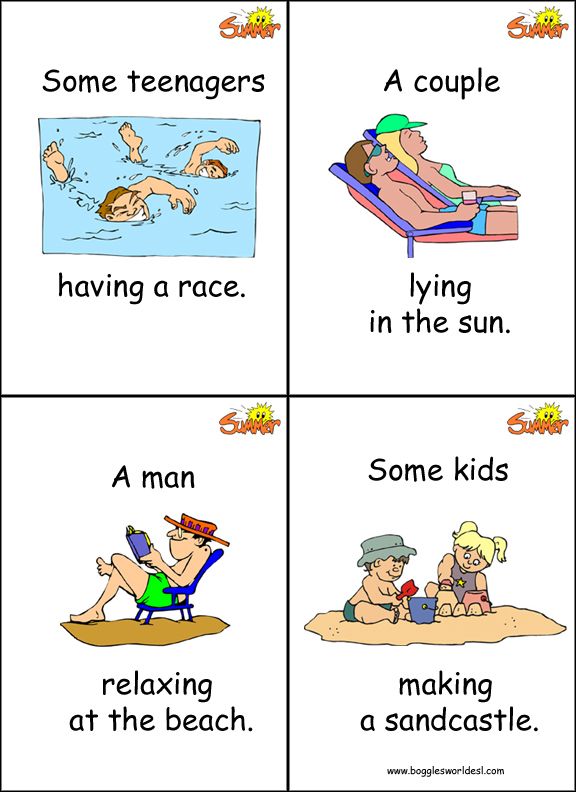 We always get a few emails saying, “My kid was asleep before we even finished the breathing part!”
We always get a few emails saying, “My kid was asleep before we even finished the breathing part!”
Other scripts are more suited to morning readings to help them start their day off calmly and confidently. As you browse through the library, you’ll get an idea of which ones are best for your child. Then…
- Choose a script. Read it to yourself first to find the rhythm.
- Make sure your child is comfortable, relaxed, and calm.
- Choose a time when you have your child’s attention and they are open to a new experience.
- Find a place free from distractions or loud noises.
- Read the script to your child in a calm, soothing voice, pausing often. Notice how your child relaxes and engages.
- If your child is still awake when you’ve finished, allow them to reflect and share their thoughts with you.
Children should not be forced to meditate, and if it seems your child isn’t in the right place to meditate at that time, you can move on to another activity and try again later, or on another day.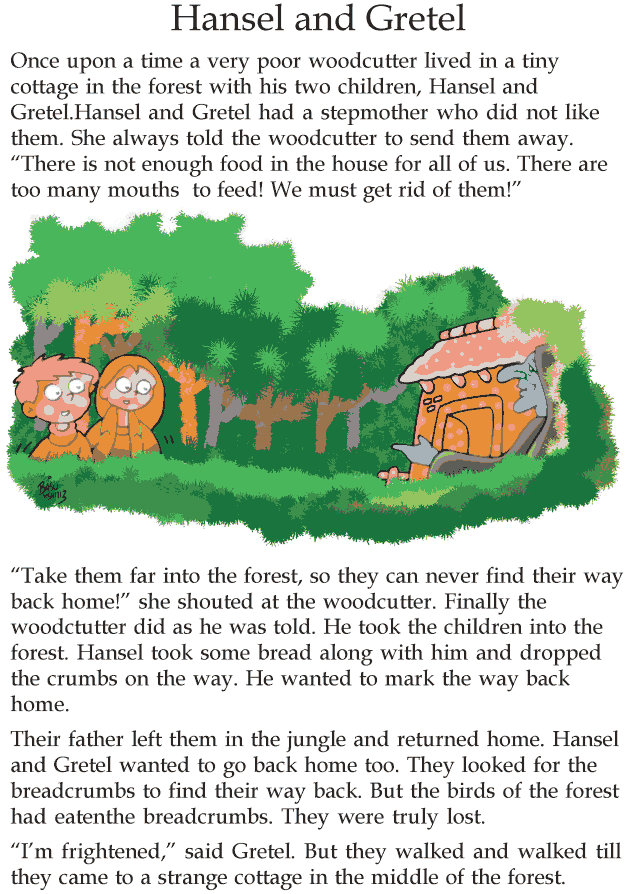
You may choose to begin with shorter meditation sessions and increase as their ability to focus and meditate grows.
Get Started with Your ChildKids need the adults around them to behave in ways they can model, says Murray. Kids also need to hear and feel that their adults know them well enough to adapt meditation to their needs and preferences, which can change day to day.
Lorraine Murray, author of Calm Kids: Help Children Relax With Mindful Activities
When can kids start meditating? Our own experience has shown that even toddlers can follow along a relaxing story or at least snuggle up and fall asleep to the sound of mom or dad reading a guided imagery script.
More formal studies show the magic age to be around four years old. By that time children are more aware of their own thought processes.
“It’s almost as though meditation was designed for kids,” says Headspace co-founder and former Buddhist monk Andy Puddicombe.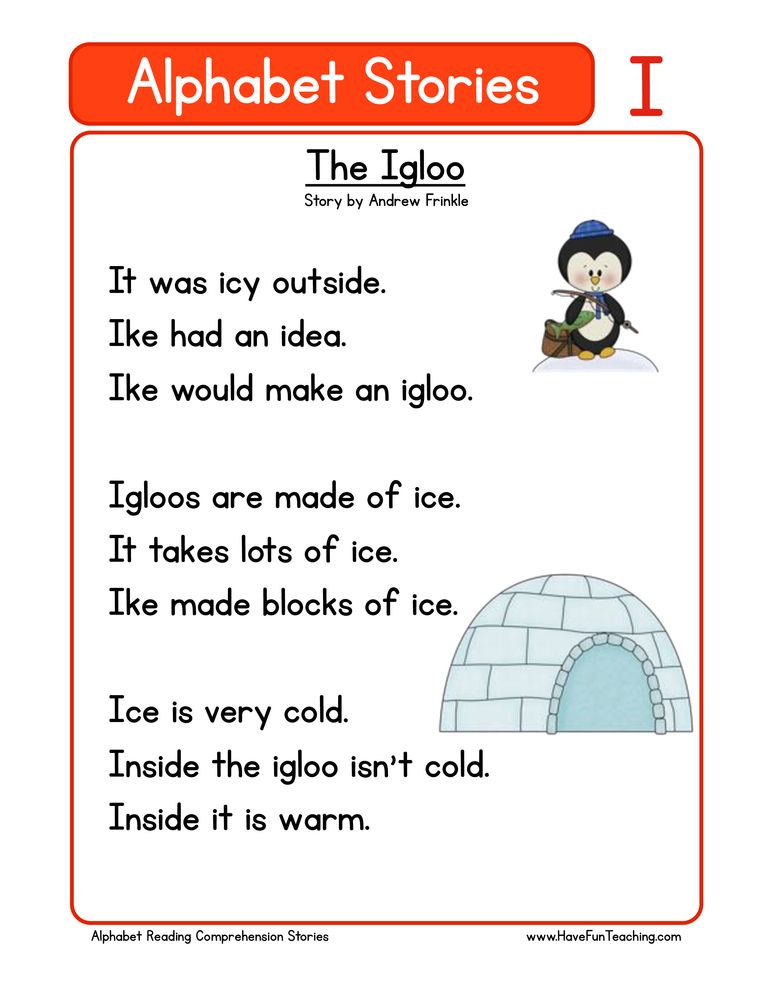 “They just ‘get it’ – there is this elasticity and freedom in their minds which allows them to be present in the moment and free from any external thoughts or pressures. By introducing meditation and mindfulness at an early age, not only can we build on this and help nurture their mind development, but we are also making meditation simple and accessible.”
“They just ‘get it’ – there is this elasticity and freedom in their minds which allows them to be present in the moment and free from any external thoughts or pressures. By introducing meditation and mindfulness at an early age, not only can we build on this and help nurture their mind development, but we are also making meditation simple and accessible.”
You know your child better than anyone. You can always try and if they aren’t receptive, let it go for now and try again in a few months.
Green Child Magazine’s guided relaxation scripts for kids are a great place to begin with your child. Parents praise them for helping calm and center their little ones, and some report that reading a meditation is the best way to get their child to fall asleep at night.
Teachers and therapist often share how these scripts have positively impacted their students and patients.
I am a therapist and needed to help a child suffering, and to do so quickly. I was able to pull up Peaceful Retreat.
Katherine W., Therapist & Social WorkerThis precious boy had been suffering with a terrible weight, unable to focus on school, unable to sleep, he stated he was starting to ‘feel crazy’. His distress was big and painful. We used the meditation, and when he opened his eyes, he stretched, looked around, then looked me in the eye and said, ‘I feel so much better.’ His shoulders loosened and his facial muscles relaxed. To be able to pull that up free of charge, right from the web…it saved him and his family from hospitalization.
Mindful meditation can give children the tools they need to recognize their own signals of stress and bring themselves back into balance. Children are curious and willing to try new things. Meditating with a wiggly pre-schooler may not look exactly as you envision, but your child will benefit, as will you!
This article was originally published in 2017 and was updated in Oct 2022.
Related Articles
Mindfulness Exercises to Help Kids Sleep
Want Happier, Calmer Kids? Simplify Their World
Why Your Child Might Benefit from a Montessori Floor Bed
Create a Calm Bedroom for Your Child with Feng Shui
How to Choose an Organic Mattress
Kids Who Spend More Time in Nature Become More Mentally-Sound Adults
- Author
- Recent Posts
Green Child Magazine
Since 2010, Green Child has published an award-winning publication devoted to natural parenting and conscious living.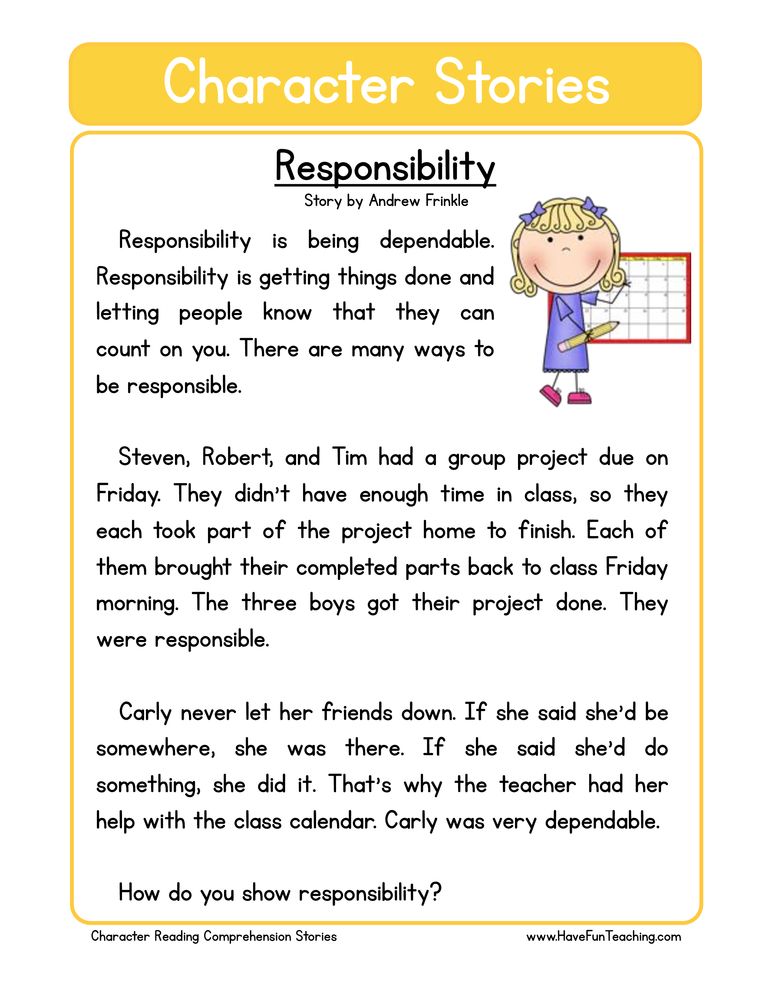 Noted as “good for a green mama’s soul,” Green Child has grown into a resource valued by parents who care about bringing simplicity, compassion, social responsibility, and instinctual intelligence back to parenting.
Noted as “good for a green mama’s soul,” Green Child has grown into a resource valued by parents who care about bringing simplicity, compassion, social responsibility, and instinctual intelligence back to parenting.
Latest posts by Green Child Magazine (see all)
Unicorn!, a children's relaxation and mindfulness story for kids
Written and narrated by Chanel Tsang
Unicorns are everywhere lately, don’t you think?
Books, movies, stickers, hairstyles, even coffee drinks!
It’s probably because they’re such cool magical creatures,
So Peace Out decided that it was time to feature
Unicorns in this week’s relaxation story, I can’t wait!
Let’s get started now, this is going to be great!
A mindfulness story suitable for children aged 5 – 7 years old.
Transcript
Hello, and welcome to Peace Out.
Relaxation is what we’re all about.
My name’s Chanel and I’m so glad you’re here with me,
Because there’s something special that I want you to see.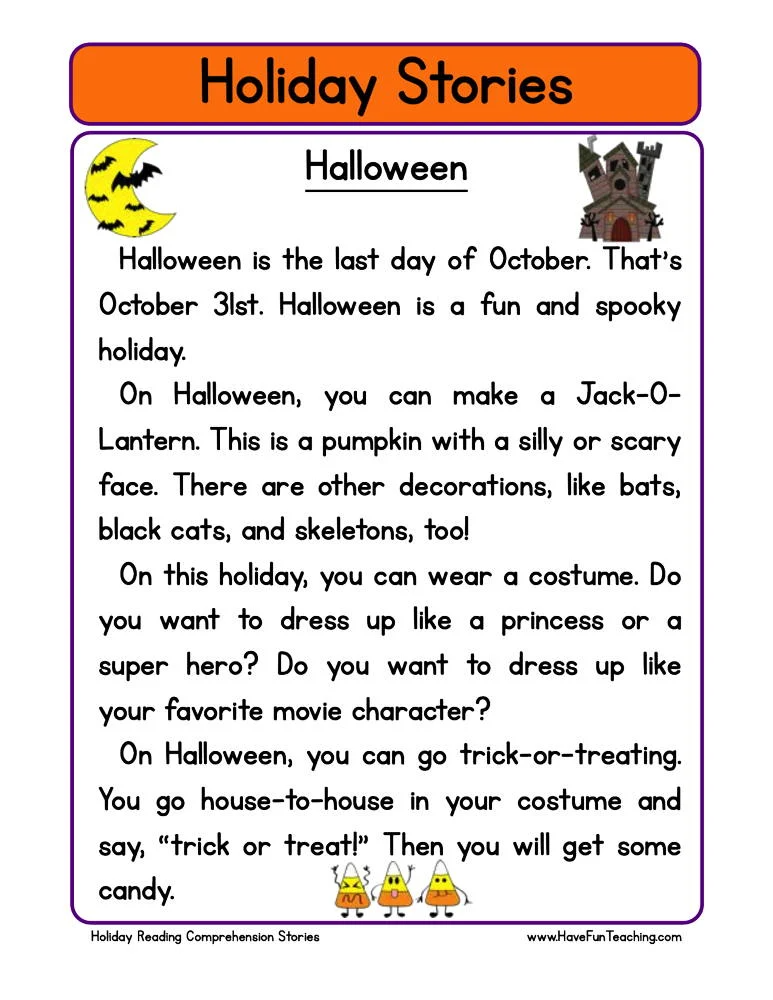
You’ll need to use your imagination
So if you’re feeling a bit of frustration,
A little upset, maybe sort of down,
Close your eyes and just picture
A magical, majestic, beautiful creature.
It’s a unicorn with a rainbow mane!
It can fly faster than the fastest train!
With its feathered wings that span so wide,
Ready to fly and be our guide,
Leading us through the Calm-down Countdown now
So please sit down and get comfy somehow
Close your eyes and breathe in deep
As I count, just don’t fall asleep!
10, 9, 8, 7, 6 (keep breathing, we’re almost done),
5, 4, 3, 2, 1.
Well, here we are in Unicorn Land!
Pink trees, orange sky, it’s a sparkling dreamland!
Let’s start by pretending to fly,
Way, way, up the sky!
We’ll need to take very deep breaths in and out.
Breathe in through your nose, and through your mouth, blow out.
Breathe in as much as you can (and then a little bit more),
Now take your time breathing out as you soar
Through the air, on the unicorn’s back
Past the fluffy clouds that are a bright shade of lilac.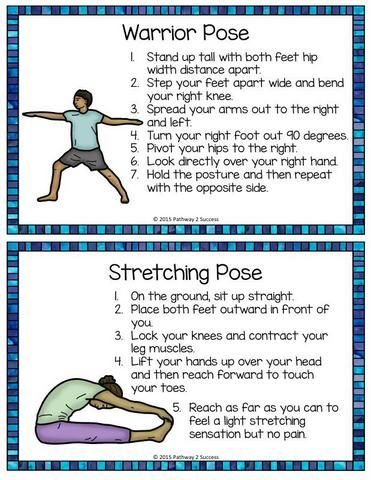
Now, if you please, lie down on the ground or your bed,
And let’s imagine to where our unicorn has led
Us and where we are.
It’s nighttime now and we’re among the stars!
They’re shining brightly and let’s shine too.
Stretch out your arms and legs and imagine the view
That we have from up here, way up in the night sky
Imagine what you can see when you’re up here so high.
Keep breathing in and out at your own pace,
As you float around up in space.
Pretend your legs are giant unicorn wings with rainbow feathers
Flying you through the warm air in this perfect spring weather.
Lift up your feet so they point to the sky,
(We’re going to get ready to really fly!).
Legs straight up and start to lower it down
Slowly, slowly until they reach the ground.
Now lift up your legs again, but this time around,
Breathe in as you lift up, and out as you bring them down.
Ready? Keep your eyes closed, lift up your legs, breathe in deep
And now lower them down and relax, like you’re asleep.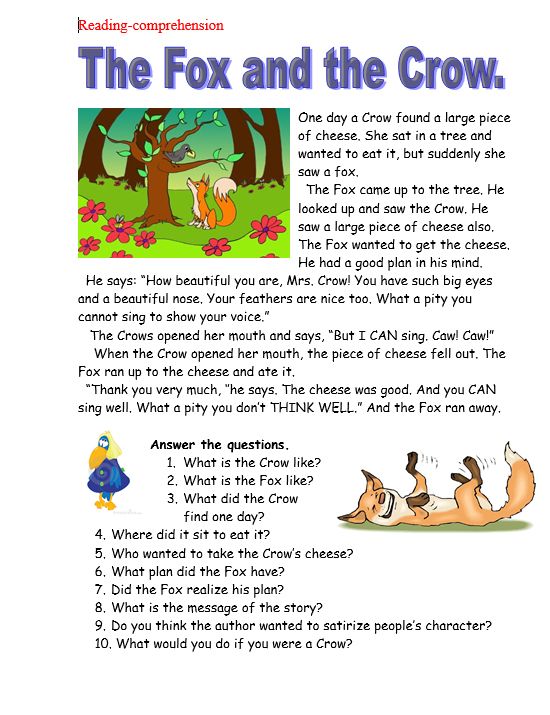
Keep going at your own pace, nice and slow,
Taking your time as you go.
Well done everyone, now let’s move on
Our time with the unicorn is almost gone.
But it has a surprise for you…what could it be?
The unicorn will grant you happy wishes…three!
One for your family, one for you,
Last one is for a friend, you get to choose who.
Think of happy wishes for everyone, everywhere—
Let’s send some positive energy out there!
Take one more breath in and out, like you’re blowing up a balloon…
And wave goodbye to the unicorn…see you soon!
Until next time you’re in,
Peace out…and peace within!
- - - - -
This episode of Peace Out was written by Chanel Tsang, that’s me!
And the person in charge of sound and editing would be
Rob Griffiths, who also founded Bedtime FM
And created the Story Time podcast, a true gem.
Head over to bedtime.fm to listen to both podcasts
Ask a grown up to help and get over there fast!
Or subscribe to Peace Out AND Story Time right away
On iTunes, Stitcher, or GooglePlay!
And we’d be so grateful and really thank you
If you left us a review to help other families find us too!
"Odyssey" and "Garden Music"
Kevin MacLeod
Licensed under Creative Commons: By Attribution 4.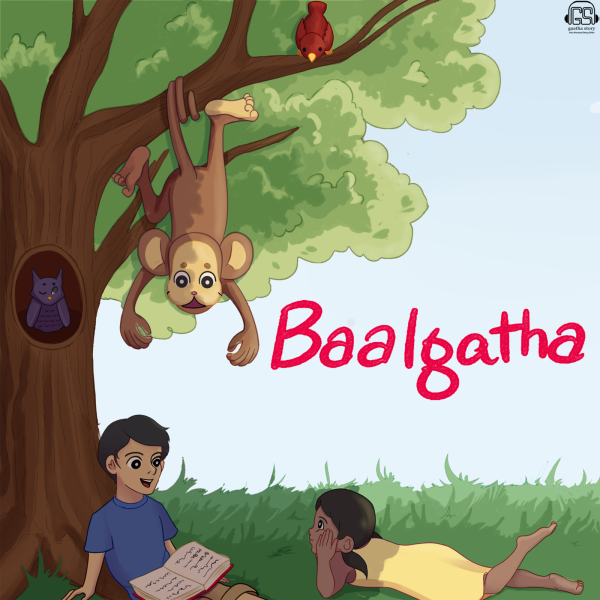 0
0
http://creativecommons.org/licenses/by/4.0/
Did you enjoy this story? Why not take a look at some of our other children‘s relaxational and mindfulness stories?
Share this story with your friends
Relaxation games for children
Teaching a child to relax is not as easy a task as it seems at first sight. Children know well what it is to sit down, stand up, run, but what it means to relax is not entirely clear to them. Therefore, some relaxation games are based on the simplest way to teach this state. It consists in the following rule: after a strong muscle tension, their relaxation follows by itself.
In addition to this principle, the children's ability to fantasize is also used in the games described below. In this case, the harmony of soul and body helps: when a child imagines something very pleasant and calm, his body also relaxes. However, this method works well only with children who have reached senior preschool and primary school age.
In addition to special playing exercises for relaxation, it is good to use tactile contact with the child, massage and just rubbing the body are also useful.
Below are some exercises and games for children to help them learn to relax.
1. Fight
This game will help the child relax the muscles of the lower part of the face and hands, as well as relieve emotional stress and express accumulated aggression.
Help the child imagine such a situation. They quarreled with a friend. He got terribly angry. Now he really wants to give his friend a good beating. Therefore, his fists are tightly clenched, even the bones have turned white (let the child depict this by clenching his fists with force). The jaws are closed, tension is felt in them. (This tension should be felt by the child, strongly clenching his teeth). From excitement before the fight, the child even held his breath (ask him to hold his breath in this state for a few seconds). And then the boy (girl) looked at his friend and remembered how he once helped him out.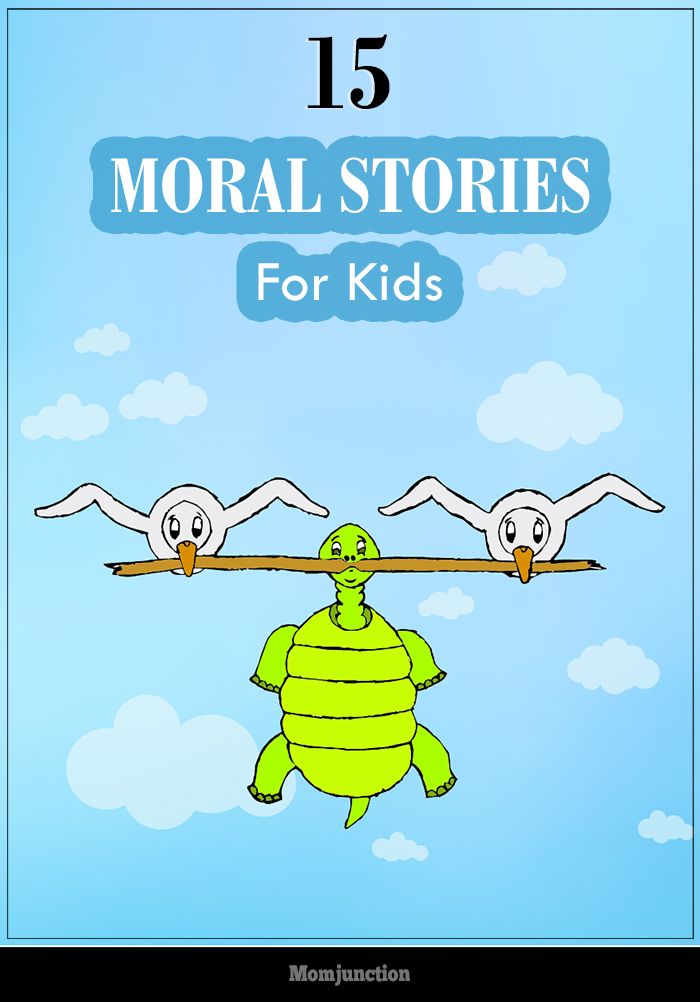 Maybe you shouldn't fight? The child exhaled and relaxed (have your child do the same). Now all issues can be resolved calmly.
Maybe you shouldn't fight? The child exhaled and relaxed (have your child do the same). Now all issues can be resolved calmly.
Note: This game is useful not only for relaxation, but also for the correction of aggressive behavior. There is an important corrective moment in it: the joy of relaxation (physical and emotional) is associated with the decision not to fight, but to resolve conflicts peacefully.
2. Locked mouth
This exercise will help the child learn to relax the lips and lower jaw, imitating what the figurative expression “Locked mouth!” actually looks like. Have the child purse their lips tightly. Now, without letting go, he will tighten them so that they are not visible at all. So you need to hold out for a few seconds, and then you can relax your lips. Pay attention to the child that now his lips have become soft and relaxed again.
Note: It is advisable to repeat this game several times for greater effect. So that the child does not get bored, you can alternate it with the similar game "Elephant", when you need to stretch your lips forward with a tube, depicting an elephant's trunk, and then relax them.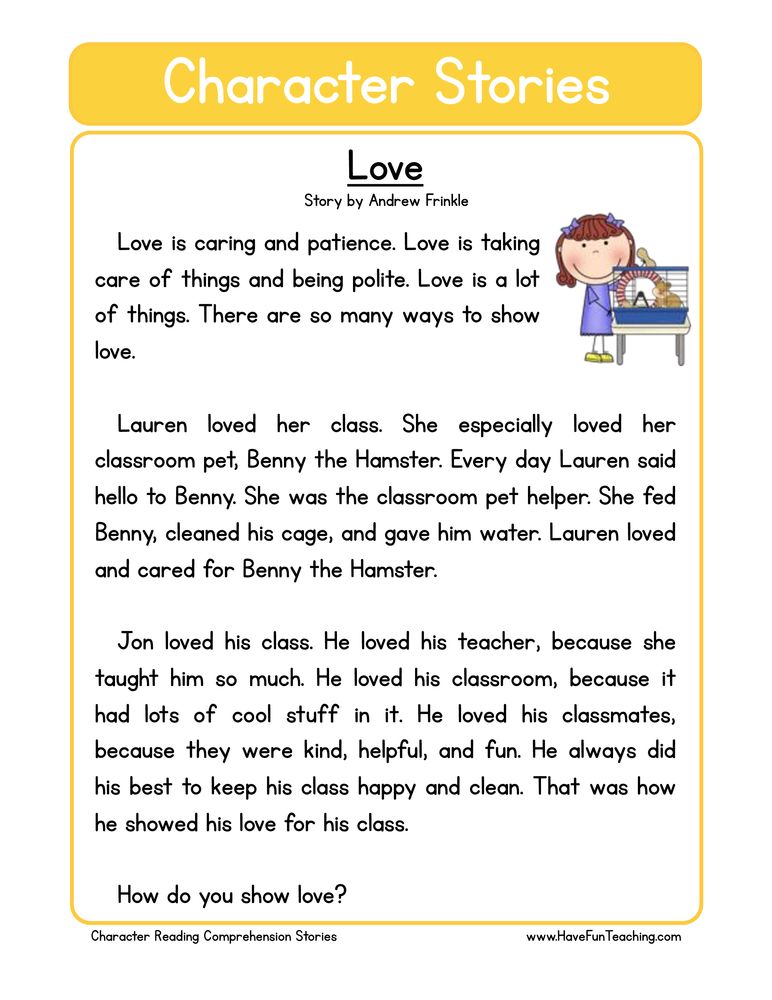
3. Balloon
This game will help you learn how to relax your abdominal muscles. To begin with, remember with your child the last time you inflated balloons. How does the balloon change as air enters? Of course, it increases in size and tenses, it becomes difficult to push through its walls with a finger. Now let the child imagine himself as such a balloon. You need to take a very deep breath and hold your breath. Ask him to put his hand on his stomach and feel if it has become round and tense. If it has become, then you can exhale and feel how pleasant it is when the stomach is relaxed. Repeat the game three to five more times: inhale tension, hold for a few seconds, exhale and relax.
Note: Pay attention to the fact that it is the stomach that tenses up, follow the child's shoulders - they should not rise. The second important point is that exhalation should be done without effort, the air will come out by itself if you stop straining your stomach.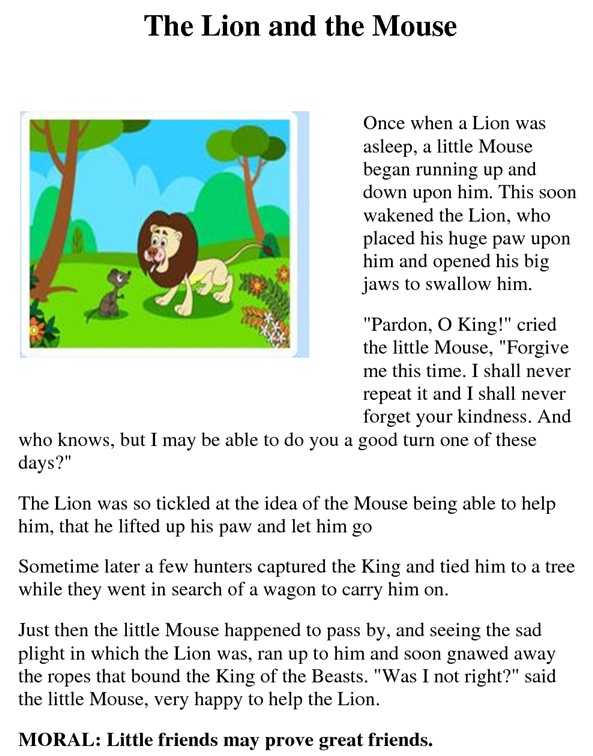
4. Magic Journey
Have your child sit comfortably and close their eyes. You can turn on some smooth, pleasant melody (music must be without words!). Explain that you will now be playing a magical journey. Ask the child to relax, take a deep breath, exhale and try to imagine what you will say to him.
And you can tell something like this: “Imagine that we are sitting in a room and looking out the window, and there is a blue-blue sky. Clouds float slowly across the sky. Very beautiful. Suddenly we see that one fluffy cloud is approaching our window. Its shape is reminiscent of a pony. We admired this spectacle, and the cloud swam very close to us. Look, it waves its paw at us, as if inviting us to sit down! We carefully open the window and sit down on a warm cloud. Get comfortable, feel how soft and cozy it is here. You can even lie down. Where will we fly? Perhaps you need to think about a place where you always feel good. Think of such a place. The cloud began to move.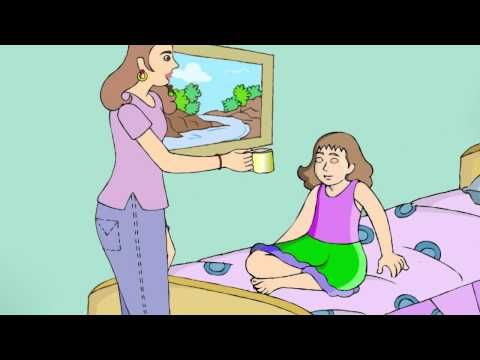 Now our house seems tiny in the distance, flocks of birds fly by below. Surprisingly good. Looks like we're starting to go down. The cloud brings us down to earth. Now you can go. We are where you are calm and happy, where you feel very good. Look what's around? What are the smells in this place? What do you hear? Are there other people or animals here besides you? Here you can do whatever you want. Stay in this place for a while while I count to ten, and then we will go to the cloud again (slowly count from one to ten). Well, it's time for us to return, climb on the cloud. We're flying through the bluest sky again. Here is our house. The cloud gently floats up to the window itself. You and I climb into our room right through the window. We thank the cloud for a wonderful walk and wave to it. It slowly floats away. When I count to five, it will dissolve into the sky, and you will open your eyes (count to five).
Now our house seems tiny in the distance, flocks of birds fly by below. Surprisingly good. Looks like we're starting to go down. The cloud brings us down to earth. Now you can go. We are where you are calm and happy, where you feel very good. Look what's around? What are the smells in this place? What do you hear? Are there other people or animals here besides you? Here you can do whatever you want. Stay in this place for a while while I count to ten, and then we will go to the cloud again (slowly count from one to ten). Well, it's time for us to return, climb on the cloud. We're flying through the bluest sky again. Here is our house. The cloud gently floats up to the window itself. You and I climb into our room right through the window. We thank the cloud for a wonderful walk and wave to it. It slowly floats away. When I count to five, it will dissolve into the sky, and you will open your eyes (count to five).
After the child opens his eyes, ask him to share his impressions of the trip with you.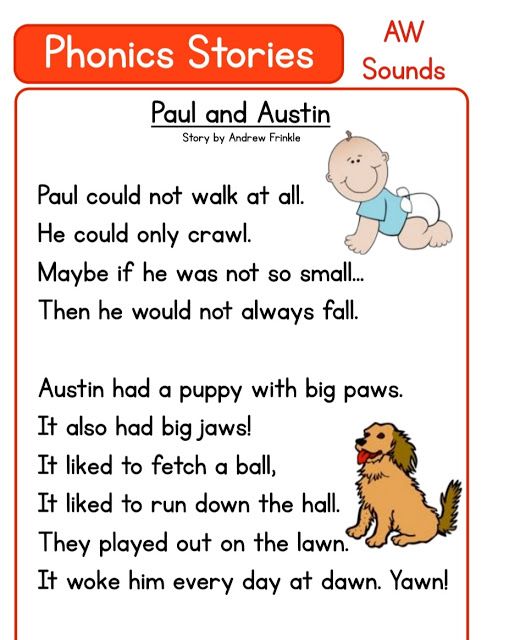 Did he enjoy floating on a cloud? What place did he envision? What was it like? How did he feel there? Does this place really exist or is it completely created by his imagination?
Did he enjoy floating on a cloud? What place did he envision? What was it like? How did he feel there? Does this place really exist or is it completely created by his imagination?
Note: Pay close attention to the child's story - it may contain very important information about where and what the child feels most comfortable with. And this can already be used not only for fantastic travel, but also in order to "make a fairy tale come true."
5. Waterfall of light
This game also uses the child's imagination. She will teach you to relax your body and get joy. The skills of this game are already closer to the relaxation methods used by adults.
So, let the child sit (or lie down) comfortably, relax, take several deep breaths and exhale calmly. Further, his task is to imagine as clearly as possible what you are talking about, to feel it with your whole body.
Slowly, with pauses and very soft intonations, tell the child this: “Imagine that you are standing at an unusual waterfall.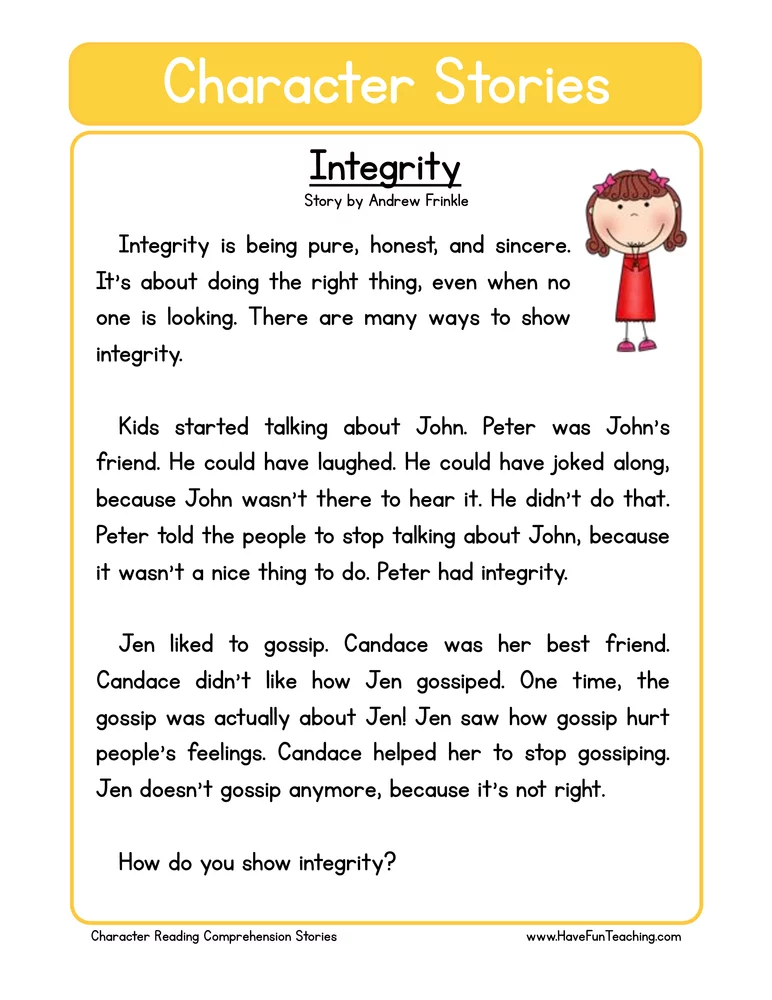 There is no water in it, but soft sunlight streams down instead. Come closer to this waterfall, stand under its jets. Feel how this wonderful light falls on your head. It relaxes all the muscles. Here the forehead, mouth, neck became relaxed. Wherever such a light beam has passed, the body is calm, warm and seems to glow. Warm light flows down to the shoulders, to the arms - they have become very supple, soft. Streams of light flow down your back, and you feel how tension disappears in it. The waterfall washes away tension from your chest, from your stomach. You are pleased to feel that you are calm and easy to breathe. Streams of light move along your arms, elbows, fingers. Not even a drop of tightness remains anywhere. The light also flows down your legs, to your feet, to your toes... Now your whole body glows with warm light. It is relaxed and soft. You can breathe easily. You feel how your body has relieved tension and is filled with fresh strength. Stay under this waterfall while I count to ten, and then you will open your eyes refreshed and refreshed.
There is no water in it, but soft sunlight streams down instead. Come closer to this waterfall, stand under its jets. Feel how this wonderful light falls on your head. It relaxes all the muscles. Here the forehead, mouth, neck became relaxed. Wherever such a light beam has passed, the body is calm, warm and seems to glow. Warm light flows down to the shoulders, to the arms - they have become very supple, soft. Streams of light flow down your back, and you feel how tension disappears in it. The waterfall washes away tension from your chest, from your stomach. You are pleased to feel that you are calm and easy to breathe. Streams of light move along your arms, elbows, fingers. Not even a drop of tightness remains anywhere. The light also flows down your legs, to your feet, to your toes... Now your whole body glows with warm light. It is relaxed and soft. You can breathe easily. You feel how your body has relieved tension and is filled with fresh strength. Stay under this waterfall while I count to ten, and then you will open your eyes refreshed and refreshed.
Note: The child may not be able to complete this exercise right away. You shouldn't be upset about this. Periodic training will not be in vain. But if, while watching the child during this meditation, you do not see how the tension really leaves his body in waves, then try to repeat this game at another time, preferably before bedtime, when the child is already in a calm, half-asleep state.
6. My pearl
The image of a pearl is most suitable for representing all the best, valuable and unique that is in every person. For some, these qualities are in plain sight and others can appreciate them, like pearls inserted into earrings or pendants. And someone hides them, as in a sea shell, under his modesty, solitude, external unremarkability. But everyone has them, and it is important that the child knows this.
Before you start playing, it would be nice for the child to brush up on the image of the sea pearl in his memory. You can explain to him the history of the origin of pearls, recommend that parents go to a jewelry store for a tour.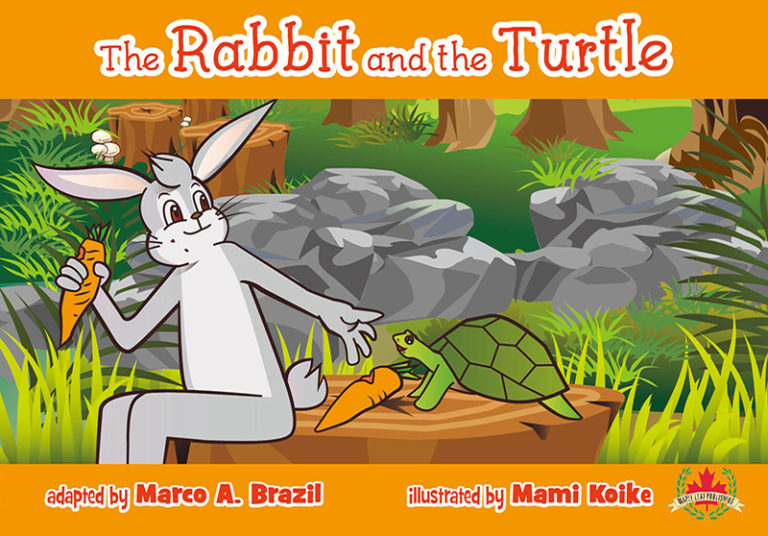 If you conduct the game "My Pearl" some time after this mini-excursion, then the image in the child's imagination will be more natural and rich.
If you conduct the game "My Pearl" some time after this mini-excursion, then the image in the child's imagination will be more natural and rich.
So, invite the child to sit down and relax. Have him close his eyes and take a few deep breaths in and out. Now you can invite him on a journey through the inner spaces. Ideally, if you have a melody that includes the sounds of the sea as musical accompaniment.
You can start a story-meditation: “The soul of every person is like the sea. Then it is bright and calm, the sun glare shines on its surface, delighting others. Then a storm will fly in, the waves are bubbling, crushing and sweeping away everything that has turned up in their path. At these moments, others may be afraid of the sea and avoid it. But whatever the weather, it's different at the bottom of the sea. Let's try to descend into the transparent turquoise water column. Do you see a flock of small shiny fish swimming past us? Here is a starfish. We swim even deeper. There, at the very bottom of the sea, lies the true treasure of your soul.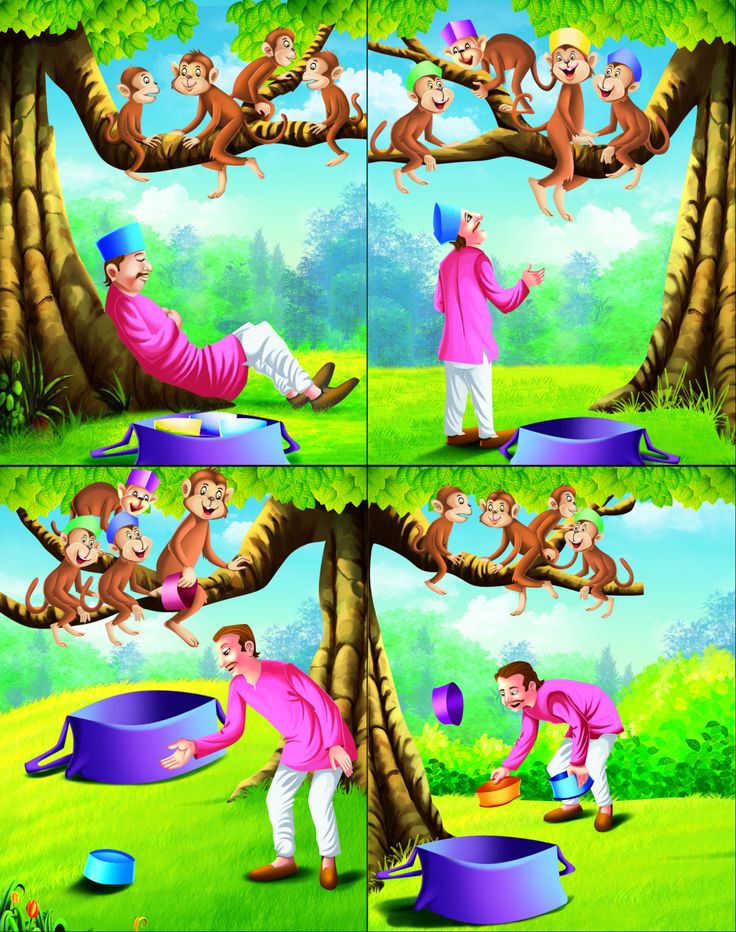 This is a gem. Only you can take it in your hands. Come closer and take a look at it. What kind of light does she give off? What are her dimensions? What is she on? Take it gently in your hands. Other people have such pearls in their souls, but nowhere are there even two identical ones. Do you hear sounds? She probably wants to tell you something important about yourself! Listen to her carefully, because she knows that you are unique, good, special. Did you hear well what she told you? If yes, then carefully lower the pearl back to the bottom of your soul. Thank her for making you feel happy. Well, it's time to sail back. When I count to ten, you will swim to the surface of the sea, emerge and open your eyes.
This is a gem. Only you can take it in your hands. Come closer and take a look at it. What kind of light does she give off? What are her dimensions? What is she on? Take it gently in your hands. Other people have such pearls in their souls, but nowhere are there even two identical ones. Do you hear sounds? She probably wants to tell you something important about yourself! Listen to her carefully, because she knows that you are unique, good, special. Did you hear well what she told you? If yes, then carefully lower the pearl back to the bottom of your soul. Thank her for making you feel happy. Well, it's time to sail back. When I count to ten, you will swim to the surface of the sea, emerge and open your eyes.
Note: This game performs two tasks at once: relieving muscle and emotional tension in a child and raising his self-esteem, faith in his uniqueness and usefulness.
7. Retrieve a star
“Retrieve a star from the sky” means in our language to do something impossible, to achieve success, to fulfill a dream.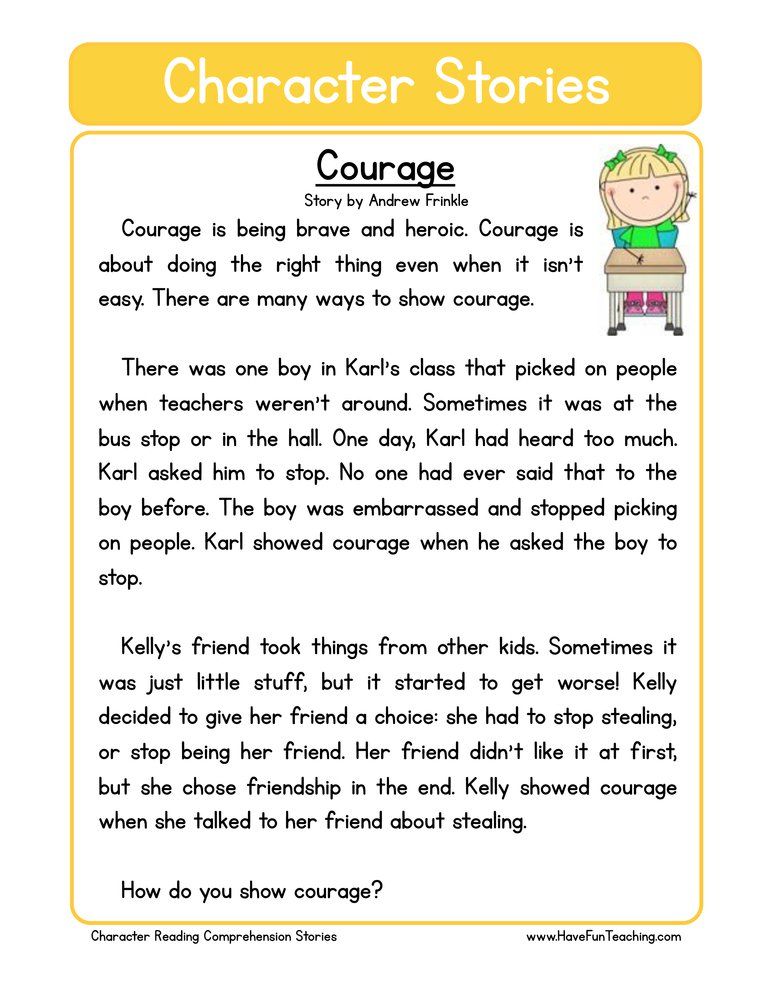 With a child, you can do the same, only using your imagination.
With a child, you can do the same, only using your imagination.
Unlike the previous games, the child should stand comfortably and close his eyes. Then he, as before, will try to imagine and do what you tell him about. If you want, you can turn on some suitable slow music that will be the sound background for your words: “Imagine that you are standing in a clearing. Above you is a dark night sky, all strewn with stars. They shine so brightly that they seem very close. The glade is flooded with soft, pale blue light. People say that when a star falls, you need to make a wish, and it will surely come true. They also say that you can't get a star. But maybe they just haven't tried? Find the brightest star in the sky with your mind's eye. What dream does it remind you of? Take a good look at what you would like. Now open your eyes, take a deep breath, hold your breath and try to reach for the star. It's not easy: stretch with all your might, strain your arms, stand on your toes. So, a little more, you've almost got it.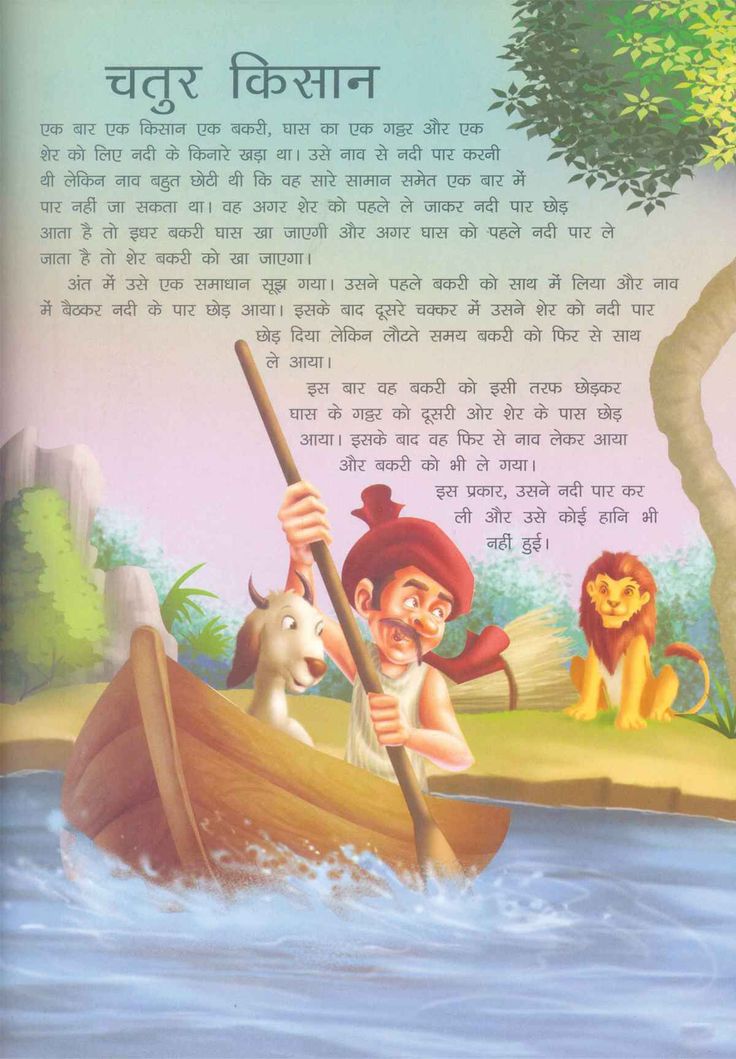 There is! Hooray! Exhale and relax, your happiness is in your hands! Place your star in front of you in a pretty basket. Rejoice in looking at her. You have done something very important. Now you can rest a little. Close eyes. Again mentally look at the sky. Are there other stars there that remind you of other cherished dreams? If there is, then carefully look at the chosen luminary. Now open your eyes, breathe in and reach for your new goal!
There is! Hooray! Exhale and relax, your happiness is in your hands! Place your star in front of you in a pretty basket. Rejoice in looking at her. You have done something very important. Now you can rest a little. Close eyes. Again mentally look at the sky. Are there other stars there that remind you of other cherished dreams? If there is, then carefully look at the chosen luminary. Now open your eyes, breathe in and reach for your new goal!
Thus, this game can be repeated several times while the child still has some important dreams and desires. After you have played, you can discuss with the child the picture that arose in his imagination. If the child wants, he can even share his dreams with you.
Note: This game combines both methods of relaxation: mental meditation and alternating intense tension with relaxation. In addition, it has an important psychological meaning - it sets the child to achieve success, teaches them to believe in their abilities, not to give up their dreams!
Compiled by Kizhakina Yu.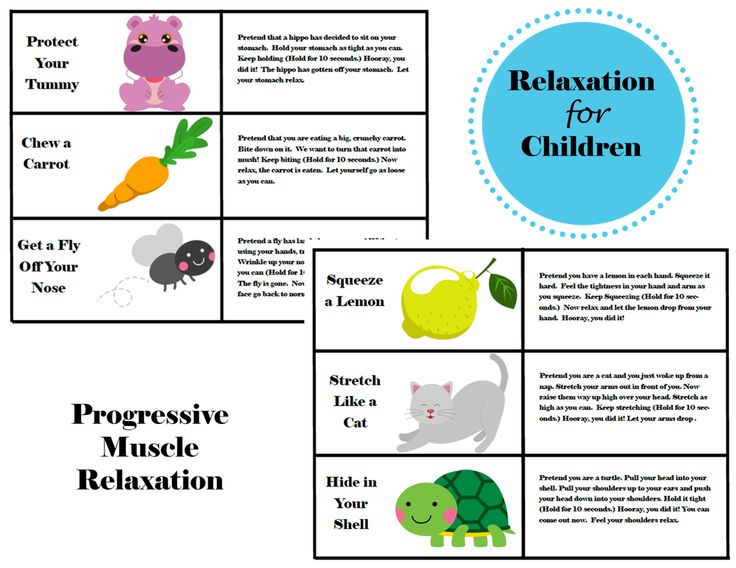 V.
V.
Source: Internet resources.
Relaxation in work with children
APPLICATION OF RELAXATION IN WORK WITH PUPILS DOW .
Purpose: Preservation of the physical and psychological preschool health .
Tasks:
- Training educators methods of self-relaxation.
- Psychomuscular training.
- Regulatory training their behavioral responses.
- Development of imagination, figurative thinking.
- Removal of psycho-emotional voltage.
- Reassurance and organization excited children (reminders).
- Creating a positive background moods.
Part 1 Introduction. Theory: What is relaxation. Types of relaxation”
In the modern rhythm of life, it is very important to be able to relax.
At present, it is almost impossible for us to avoid a large number of everyday stress.
At the same time, not everyone is able to recover, relax and cope with piled stress on their own.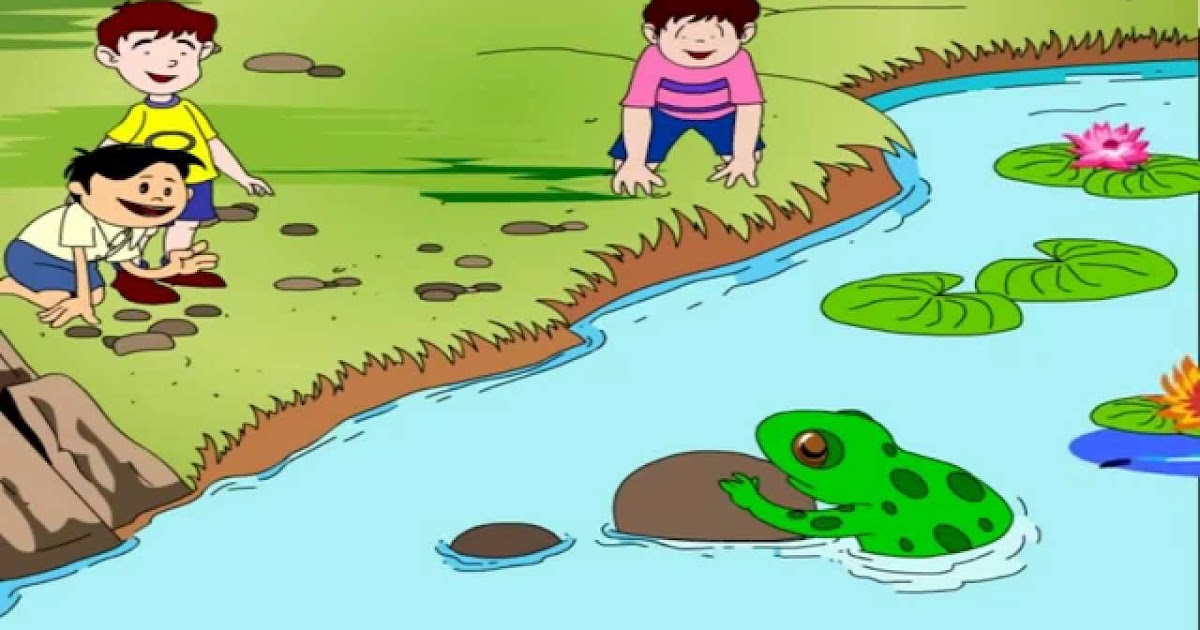
Let's talk about what is relaxation.
Relaxation is, first of all, relaxation, that is, the process opposite to being in a state of stress.
In psychology, relaxation is a state of rest, which is caused by muscular relaxation.
The ability to recover is very important, as it often allows us to keep healthy.
Experts consider skills quick relaxation should have every person.
These skills will allow you to restore strength in a matter of minutes, get rid of consequences of stress.
The main task of relaxation is to relieve stress or in other words nervous tension.
During stress, hormones are produced in the human body stress, which mobilize the forces of our body, and allow better cope with the task before us.
But these hormones are only good for first time.
If a person does not get rid of them in a timely manner, they will begin to suppress the immune system.
A person begins to catch cold often, chronic diseases “wake up”.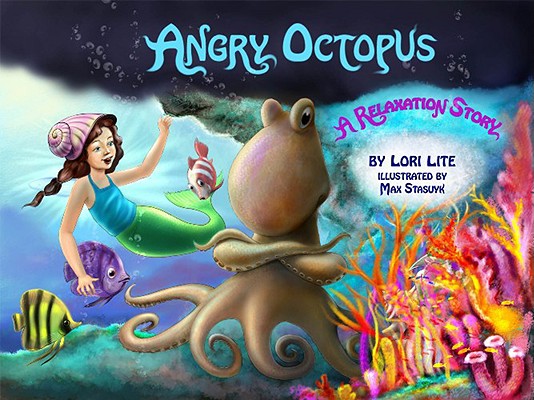
In order not to bring oneself to illness, it is necessary to conduct sessions every day relaxation .
Relaxation has no side effects, it can relax everything in half a minute, does not cause addiction, which is why it is much better than alcohol and various drugs.
Experts are convinced that learning to control your body means learning to control your emotions.
Relaxation able to improve the state of hormonal human background.
During deep relaxation, a large amount of endorphins, which elevate a person's mood, reduce the level blood pressure.
These hormones are able to normalize the work of the heart, nervous system, rhythms brain.
At this moment, our body is resting.
Many relaxation techniques have been developed, many of them have been used since antiquity.
The most ancient methods of relaxation are admiring the flames and water. In order to calmly relax at sunset by the surf, go to sea, but with flames it is much easier - just install in the house fireplace.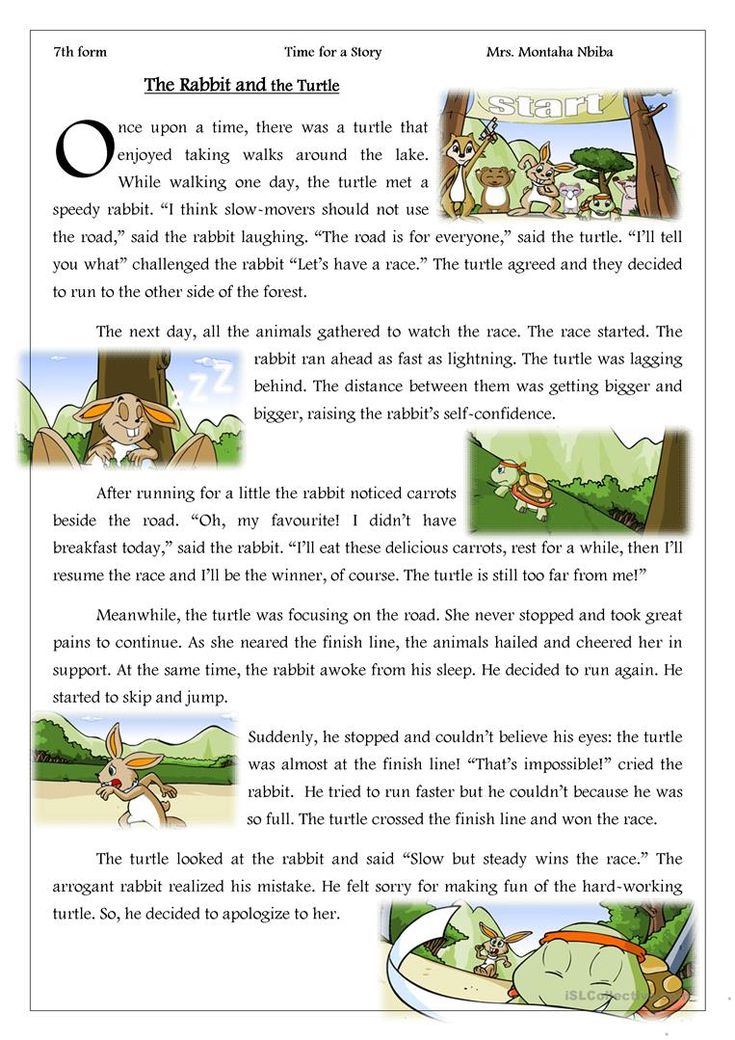
Breathing relaxation according to the yoga method – also an ancient method relaxation, but techniques such as abdominal breathing and progressive muscle relaxation is fairly new, but very effective.
All relaxation techniques will have a better effect on the body if you add soothing music to them. The effect of music on the body is very different, it can excite, can soothe, can please, and can also lead to intense sadness and tears. For relaxation, it is better to choose calm music, good listening to musical compositions has an effect on the body, not containing words and separated from each other by the sound of the surf. Such music really works wonders.
There are several types of relaxation: active and passive relaxation.
ACTIVE RELAXATION:
Exercise to relax the muscles of the hands:
“Lemon”.
Put your hands down and imagine what is in your right hand lemon to squeeze juice from.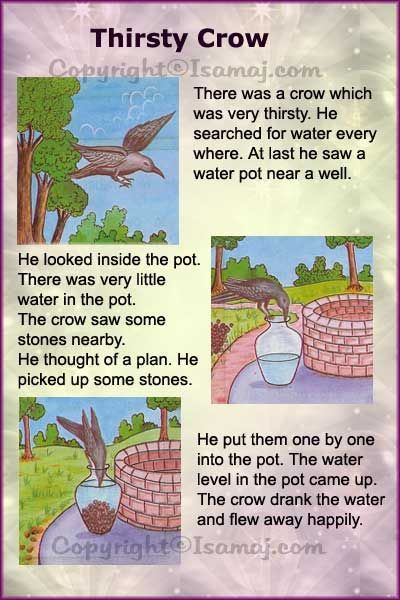 Slowly squeeze as hard as possible right hand into a fist. Feel how tense your right hand is. Then throw a "lemon" and relax your hand:
Slowly squeeze as hard as possible right hand into a fist. Feel how tense your right hand is. Then throw a "lemon" and relax your hand:
I will take a lemon in my palm.
I feel that it is round.
I squeeze it lightly -
I squeeze lemon juice.
Everything is in order, the juice is ready.
I throw a lemon, relax my hand.
Perform the same exercise with the left hand.
2. Snowman
imaginary clods of snow on the floor. Then, together with the child, you sculpt snow lady.
So, “we made a snowman in the yard. beautiful snowy the woman turned out (you need to ask the child to portray the sn. woman). She has head, torso, two arms that stick out a little to the sides, and she stands on two strong legs ... At night, a cold, cold wind blew, and our woman became freeze. At first, her head froze (ask the child to strain his head and neck), then the shoulders (tighten the shoulders), then the torso (the child strains the torso). And the wind blows more and more, wants to destroy the dream.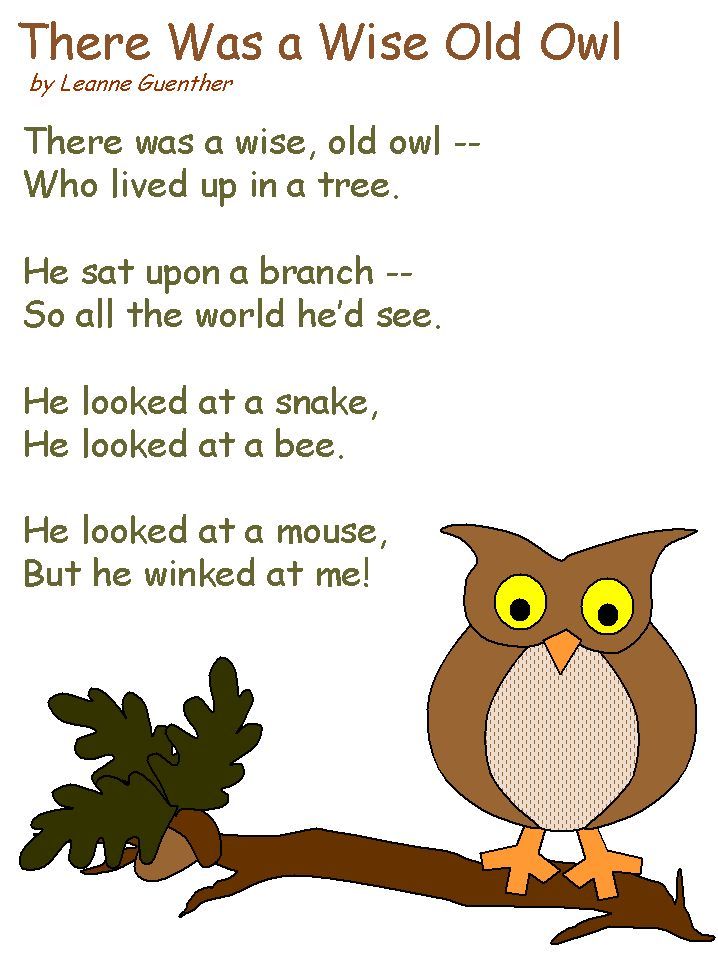 baba. Rested sn. woman with her legs (very strains the legs), and the wind failed to destroy the dream. baba. The wind flew away, morning came, the sun came out, saw a snowman, decided warm her up. The sun began to bake, and our woman began to melt. Started first melt the head (the child freely lowers the head), then the shoulders (relaxes and lowers his shoulders), then his arms (gently lowers his arms), then his torso (a child, like settling down, leans forward), and then the legs (the legs gently bend in knees). The child first sits down, then lies down on the floor. The sun is warming the snowman melts and turns into a puddle, spreads over the ground.
baba. Rested sn. woman with her legs (very strains the legs), and the wind failed to destroy the dream. baba. The wind flew away, morning came, the sun came out, saw a snowman, decided warm her up. The sun began to bake, and our woman began to melt. Started first melt the head (the child freely lowers the head), then the shoulders (relaxes and lowers his shoulders), then his arms (gently lowers his arms), then his torso (a child, like settling down, leans forward), and then the legs (the legs gently bend in knees). The child first sits down, then lies down on the floor. The sun is warming the snowman melts and turns into a puddle, spreads over the ground.
3. Fly
Purpose: to relieve tension from the facial muscles.
Have the child sit comfortably: hands rest freely in the lap, shoulders and head down, eyes closed. Mentally imagine that on his face the fly is trying to sit down. She sits on the nose, then on the mouth, then on the forehead, then on the eyes.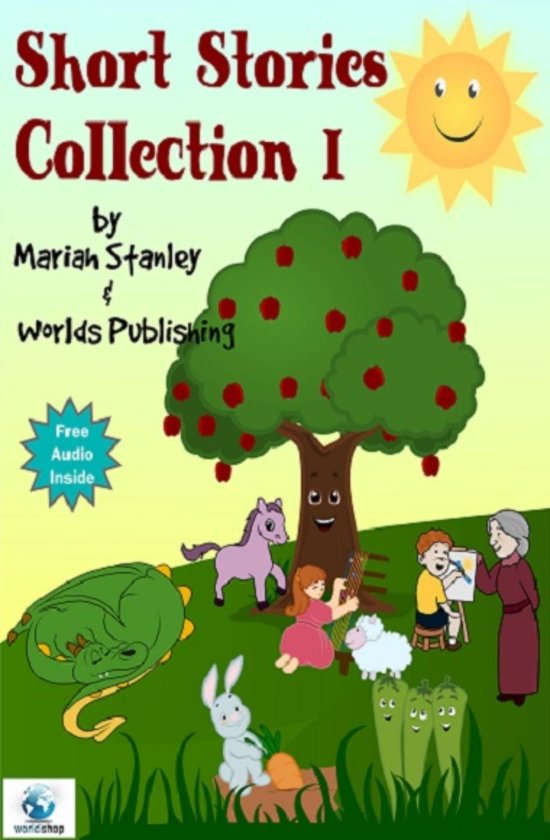 The task of the child, without opening his eyes, is to drive away the annoying insect.
The task of the child, without opening his eyes, is to drive away the annoying insect.
PASSIVE RELAXATION:
Anti-stress technique "Verbal Still Life"
Title. Anti-stress technique "Verbal still life"
Purpose.
The technique is aimed at restoring self-control in a stressful situations. A small story is written on paper - "verbal still life".
Qualities. Self-control
Content
This technique alone will not relieve you from a stressful situation. By itself, it will not even help relieve stress. condition. The purpose of the technique is to regain lost self-control in state of stress.
Stress is usually characterized by an excited state, which, when this can be combined with fatigue. Prolonged stress leads to the person seems to become different:
- reacts too violently to some stimuli, not at all to others reacts;
- intellectual abilities may not be affected (and even become aggravated), but the abilities of the mind change for the worse: a person is worse reflects itself and the situation, the ability to objectivity is lost, craving for the familiar and understandable, criticality sharply decreases;
- there is a kind of alienation of one's own thoughts (there is a feeling as if a "radio" is playing in the head or some kind of "tape recorder" from which certain words jump out).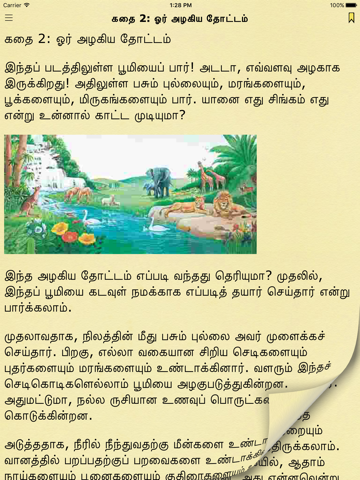
Man is a rational being, and for self-control he needs to control (yes, a tautology) first of all your own inner voice, not allowing thoughts to literally get confused.
To do this, you can master this technique, which you can use in emergency situations.
Everything is simple. You just need to take a piece of paper (open a notepad or diary on a blank page, create a new text file on the computer) and write ONE sentence. This sentence describes something small, household - in a word, still life. Recall that "still life" comes from the French "nature morte" - "dead nature". Usually, a still life refers to a picture in which some inanimate objects are depicted: a vase of flowers, a basket of apples, a bunch of nuts, etc. So you should describe in your proposal a similar picture. Just describe in words. Therefore, the technique is called "Verbal still life".
Why one sentence? This is really important. When "thoughts confused", this primarily leads to the fact that inner speech of a person is reduced to short, while poorly connected with each other short suggestions.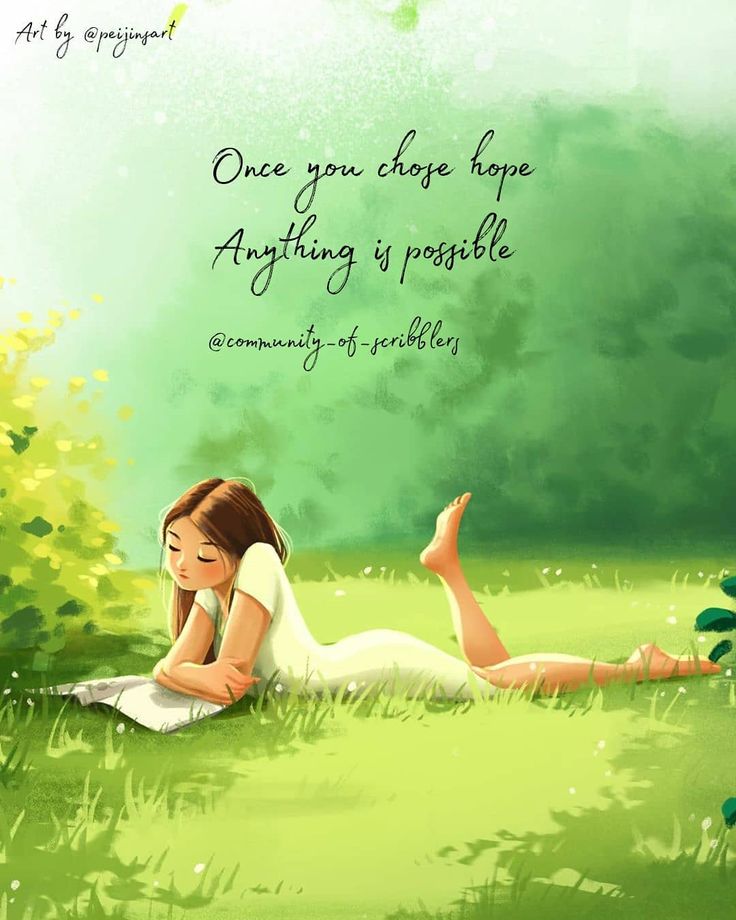 By writing a long, detailed sentence, you will prove to yourself yourself that you can still think tenaciously, competently, thoughtfully.
By writing a long, detailed sentence, you will prove to yourself yourself that you can still think tenaciously, competently, thoughtfully.
In your verbal still lifes, you can describe as what is in front of your eyes, and something that is just nice to remember. Describe the essential is simpler, but the description of the pleasant has still some soothing charge.
A person should not be present in a still life: neither you nor relatives or acquaintances. You should not even start a still life with the words: "I I see ... "," It seems to me ... "Still life should be purely DESCRIPTIVE.
Examples of such verbal still lifes:
- On the table is a black plastic holder for pens: blue, red, black, as well as for pencils.
- There is a cheerful pink car in the parking lot, behind dirty, and clean at the back, with tinted windows and alloy wheels.
- Near the water on the sand lies a large flat black stone, like a large piece of chocolate, unevenly broken off the bar, wet and slippery, but dry and green on the sunny side.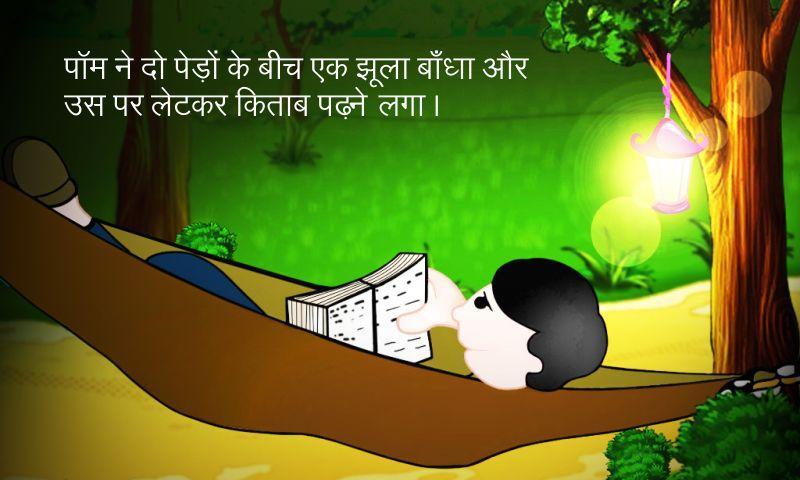
- Smooth surface of the lake, which reflects the sun and clouds, trees and bushes, flowers and stones, like a big, just a huge mirror, in which looks like the sky.
For interest, you can count the number of words in the resulting sentences, trying to increase them each time.
Relaxation technique "Blue things"
Title. Relaxation technique "Blue things"
Purpose.
Technique helps to relax, come to a state of balance.
Quality. Balance
Contents
Take a comfortable posture. To do this, you can sit on a chair in a "pose coachman, "legs apart, chin on chest. You can take reclining position in an easy chair. You can lie on the floor on your back.
Close your eyes and try to remember different blue things one by one, with which you had to deal in life: a blue cover by a notebook, blue car, blue sky, blue dress... Try not to imagine "blue cover in general", "blue car in general", "blue sky in general", "blue dress in general". .. Everything should be specific: "I had such a notebook in the tenth grade", "such my friend's car", "that's the sky was that week, in the late afternoon", "this is the dress my wife was wearing three days ago"...
.. Everything should be specific: "I had such a notebook in the tenth grade", "such my friend's car", "that's the sky was that week, in the late afternoon", "this is the dress my wife was wearing three days ago"...
Blue color relaxes, leads to a state of balance, invites contemplation. Remembering 20-30 different blue things, you will notice changing your state.
Introduction
- Since ancient times, both in the East and in the West, certain flowers have been considered symbols of the Higher human "I". In China, such a flower was
Usually the Higher is symbolized by a flower that has already blossomed, and although this the image is static in nature, its visualization can serve as a good stimulus and awaken strength.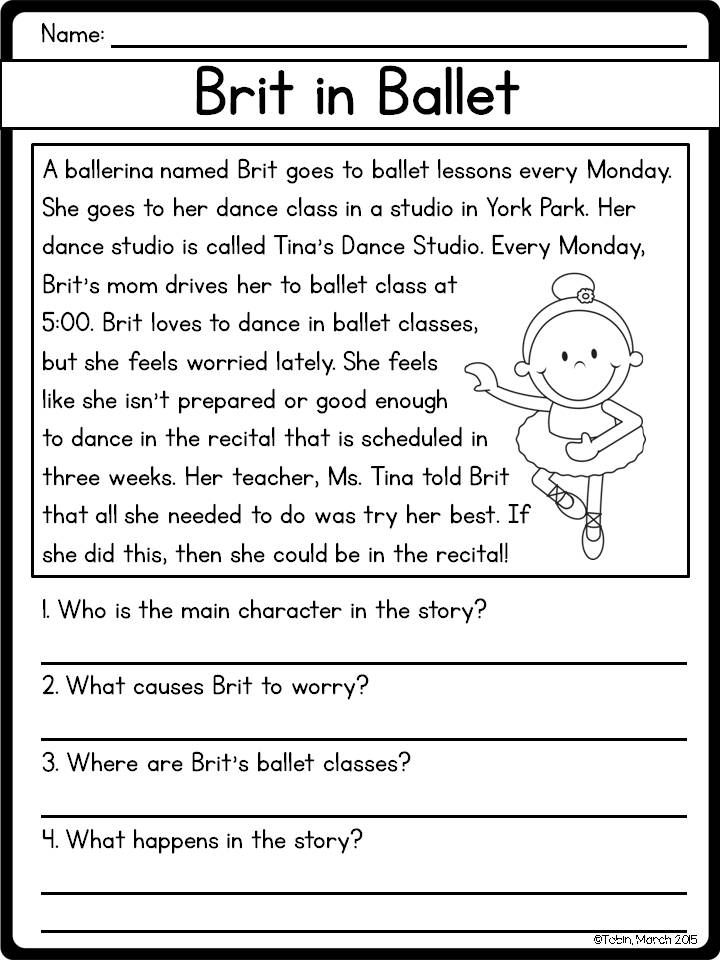 But even more stimulates processes in higher spheres of our consciousness is a dynamic image of a flower - development from a bud to an open roses.
But even more stimulates processes in higher spheres of our consciousness is a dynamic image of a flower - development from a bud to an open roses.
Such a dynamic symbol corresponds to an inner reality which underlies the development and unfoldment of man and all the processes of nature. In him merge together the energy inherent in all living things and the tension emanating from within a person that tells him to participate in the process of constant growth and evolution. This inner life-force is the means which completely releases our consciousness and leads to the opening of our spiritual center, our Higher .
Procedure
1. Sit comfortably, close your eyes, take a few deep breaths and exhale and relax.
2. Imagine a rose bush with many flowers and unopened buds... Now turn your attention to one of the buds. It is still completely closed, surrounded by a green cup, but at its very top there is already noticeable pink tip. Give your full attention to this image, keep it at the center of your awareness.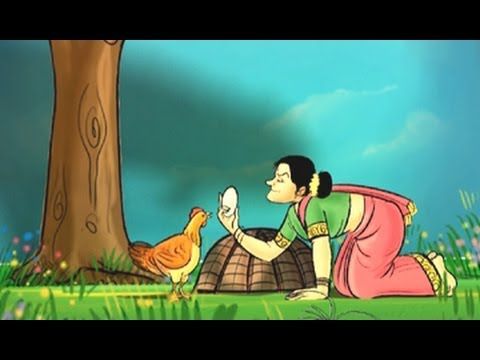
3. Now very slowly the green calyx begins to open. It is already clear that it consists of separate bowl leaves, which are gradually moving away from each other friend, fold down to reveal the rose petals that still remain closed. The sepals keep opening and you can already see the whole bud entirely.
4. Now the petals are also beginning to open, slowly unfolding until until they turn into a fully bloomed flower ... Try feel how this rose smells, feel its characteristic, only for her inherent aroma.
5. Now imagine that a ray of sun fell on a rose. He gives her his warmth and light... Continue to hold in the center for some time. his attention to a rose lit by the sun.
6. Look into the very core of the flower. You will see a face appear there wise being. It is full of understanding and love for you.
7. Talk to him about what is important to you at this moment in your life. Feel free to ask about what you are most worried about right now. It may be some life problems, questions of choice and direction of movement. Try to use this time to find out everything you need to know. (Here you can even stop and write down what you learn. Try to develop and deepen the revelations that have been given to you).
Try to use this time to find out everything you need to know. (Here you can even stop and write down what you learn. Try to develop and deepen the revelations that have been given to you).
8. Now identify yourself with the rose. Imagine. that you have become this rose or have you absorbed the whole flower... Realize that the rose and the wise being always with you and that you can contact them at any time and take advantage of some of their qualities. Symbolically, you are this rose, this flower. Same the force that breathes life into the universe and created the rose gives you the opportunity develop your most cherished essence and all that comes from it.
Color meditation
color meditation. It relieves stress, allows you to forget about problems and troubles, to establish a connection with your inner essence. State meditation is both concentration and a relaxed mental state simultaneously.
White ball energy
It is very important that the conditions for the first attempts at color meditation be the most favorable.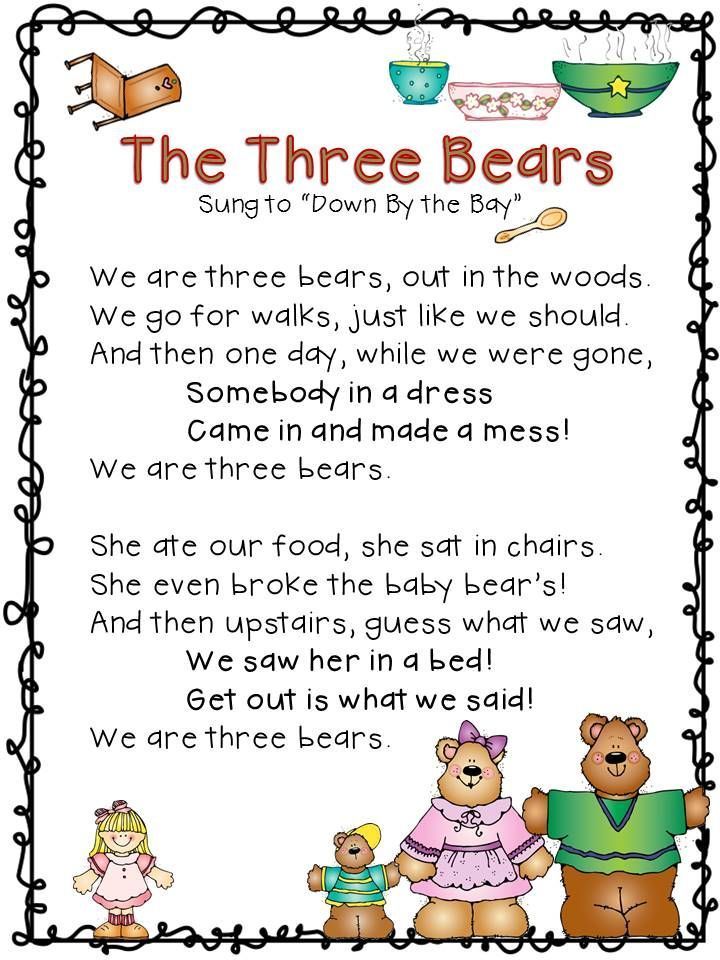 In the future, it won't matter so much. So you need choose a quiet, secluded place. You can meditate with quiet music, and in complete silence - as you like. For a special mood, you can light a candle Or an aromatic smoking candle. You need to take a comfortable position, put hands on your knees with palms up and relax.
In the future, it won't matter so much. So you need choose a quiet, secluded place. You can meditate with quiet music, and in complete silence - as you like. For a special mood, you can light a candle Or an aromatic smoking candle. You need to take a comfortable position, put hands on your knees with palms up and relax.
To begin with, it is better to tune in to white (it combines all rest). Close your eyes, take a few deep breaths in and out. On the slowly inhale, imagine that into your lungs from the surrounding atmosphere energy penetrates. Hold your breath and you will feel the life-giving force air helps you. Then exhale - and release yourself from tension.
Inhale and imagine white as a big ball. Hold your breath and feel the color permeate your body, give you strength, fills the entire body, to the last cell, with light and energy. Then direct this luminous ball towards your head, feel how your face is illuminated from within, as under the influence of light, tension disappears.
Then move the ball: from shoulder to shoulder, from head to spine to pelvis and back. Feel every call! Now mentally divide one ball into two. Let them go down the legs, first relaxing and then filling your feet, shins, knees with the energy of color ... Let them move over your shoulders along hands to each finger.
So color energy harmonizes your aura. But please don't forget that long meditation can tire you out, lead to nervous strain.
Healing blue
It causes a feeling of freshness, promotes vasoconstriction, soothes pain, suppresses inflammation, has an antiseptic effect. Blue color helps with nervous disorders, fatigue and insomnia.
Installation to meditation - I help myself heal!
Blue is the color of a high, clear sky. So concentrate on the crown take a deep breath and feel like a ray of bright, pure blue slowly passes through your entire body and soothes pain, relieves tension.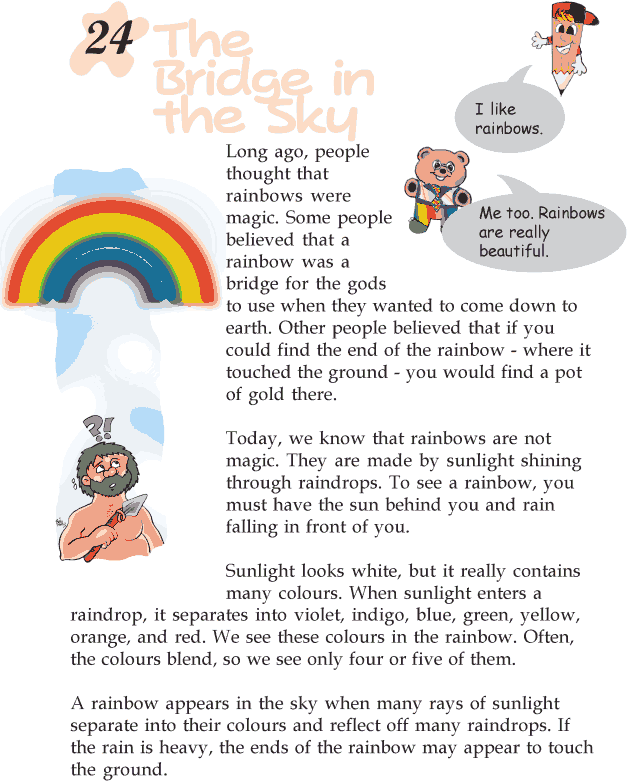 You feel the nervousness go away, the heart rate slows down, like a cool breath refreshes your whole body. Thank the blue color and mentally return to normal state.
You feel the nervousness go away, the heart rate slows down, like a cool breath refreshes your whole body. Thank the blue color and mentally return to normal state.
Healing yellow
reduces acidity, promotes the removal of bile, restores the level minerals. It stimulates intellectual abilities.
Installation to meditation - I cleanse the body!
Imagine that you are in a stream of sunlight, feel its warmth and strength. Deep inhale and imagine how the power of the sun fills you completely, as in a radiant the stream disappears all the dark. No force can resist it. The sun's rays cleanse everything in its path. On the spine the power of yellow penetrates the brain - now it will work better. Do you feel refreshing freshness and purity. Thank yellow for its healing energy and return to normal.
Healing green
This color is refreshing and soothing.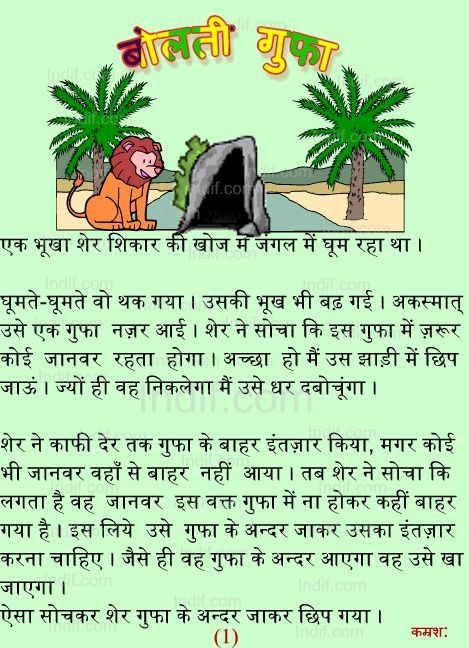 He stimulates the pituitary gland, strengthens muscles and tissues, has an antiseptic and antimicrobial action.
He stimulates the pituitary gland, strengthens muscles and tissues, has an antiseptic and antimicrobial action.
Setting for meditation - I calm down and find balance!
Imagine green energy as a stream. Feel it penetrate into the middle of your chest, just below your heart. You feel how it cleanses the entire body, how your insides become clean, and breathing - even and calm. Green energy flow circulates from top to bottom all over your body. You are surrounded by a pleasant feeling of freshness, invigorating and soothing at the same time. Thank the green light and return to normal state.
Healing red
This color helps to relax muscles, release heat, stimulates sexual activity. It regulates the functioning of the liver and kidneys, circulatory organs, increases the content of hemoglobin in the blood.
Installation for meditation - younger, stronger, more active!
Meditation on the color red will help with disorders menstrual cycle.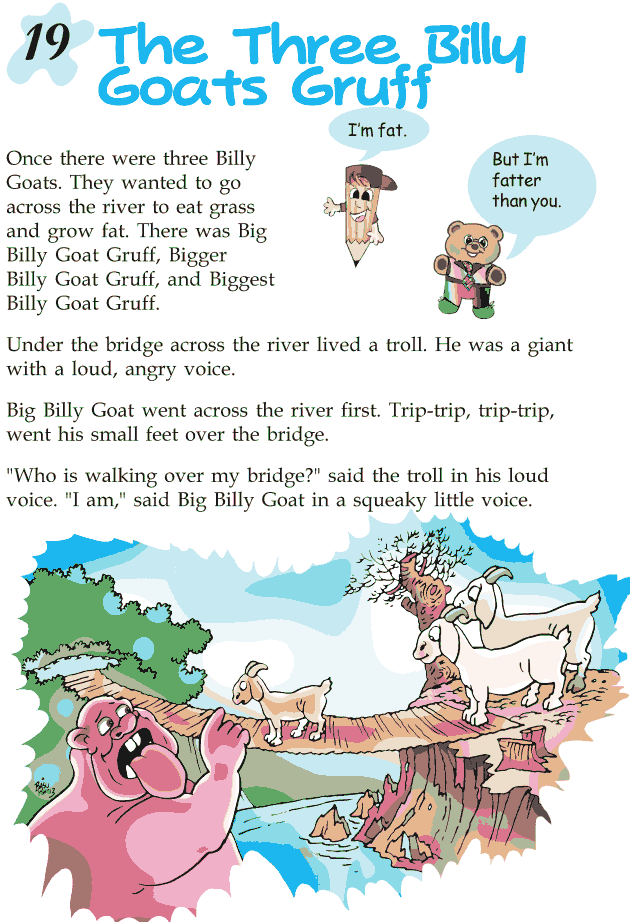 You can not meditate on the color red with increased temperature or inflammation.
You can not meditate on the color red with increased temperature or inflammation.
Soft and fluffy rug under your feet - red color energy. She is fills the whole room with red color highlights. Take a deep breath and you will feel how the energy of red color penetrates through the soles of your feet into your body. You feel the red color slowly rising up your legs fills the whole body with warmth and vitality. Here it is distributed in lower abdomen, fills the kidneys, liver, entire digestive system. Feel the red color reach the heart, mix with the blood and run down the vessels, filling them with health and stimulating blood circulation.
You feel younger, stronger, more active. This energy is radiated by all your body. Thank the red color for this, and then slowly return to normal state.
Healing orange
It increases vitality of the whole organism, normalizes the work of the spleen and pancreas. Orange color has a beneficial effect on the respiratory system, and it is useful for bronchial asthma combine color meditation with rhythmic gymnastics.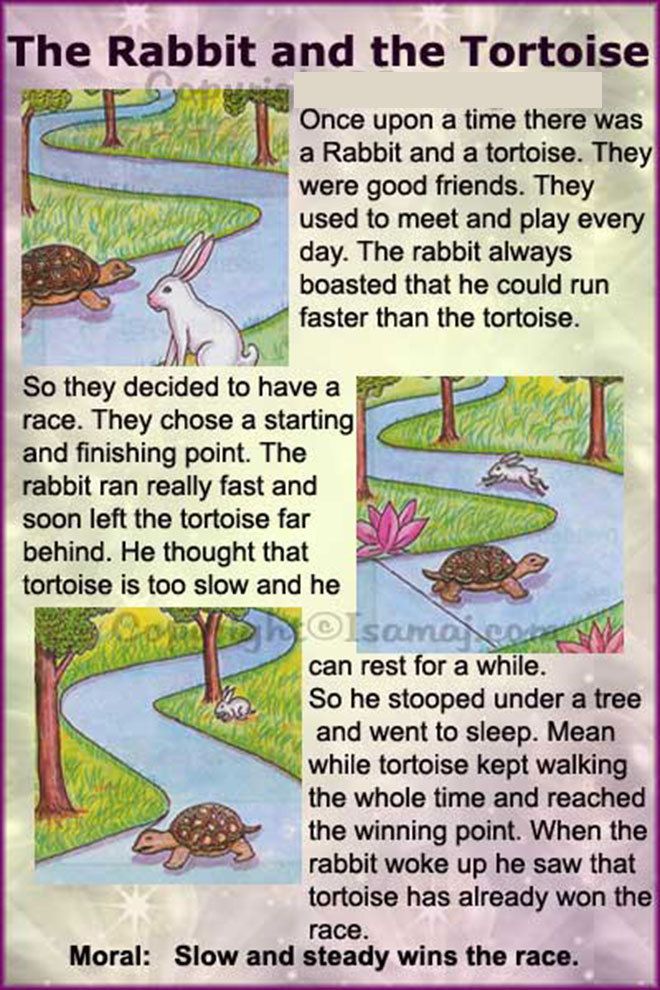
Setting for meditation - I give myself freedom!
Imagine that under your feet is a carnelian - round, bright and warm, like the sun. You feel how it penetrates the body through the soles and rises everything higher - and you begin to feel lightness in your legs ... Reaching the pelvis and abdomen, he cleanses all internal organs, at chest level its rays fill the lungs, purify them, and your breathing becomes calm and deep. Color fills you whole, and you feel pleasantly relaxed. Orange is leaving physical body and fills your aura.
The energy shell and the physical body are in harmony and balance, and you feel it.
Enjoy this state and thank the color orange.
Healing violet
Violet will help you with insomnia, migraine, depression color. It will reduce the temperature, reduce the pain, help better
Setting for meditation - I am recovering and changing!
endure the intense rhythm of life.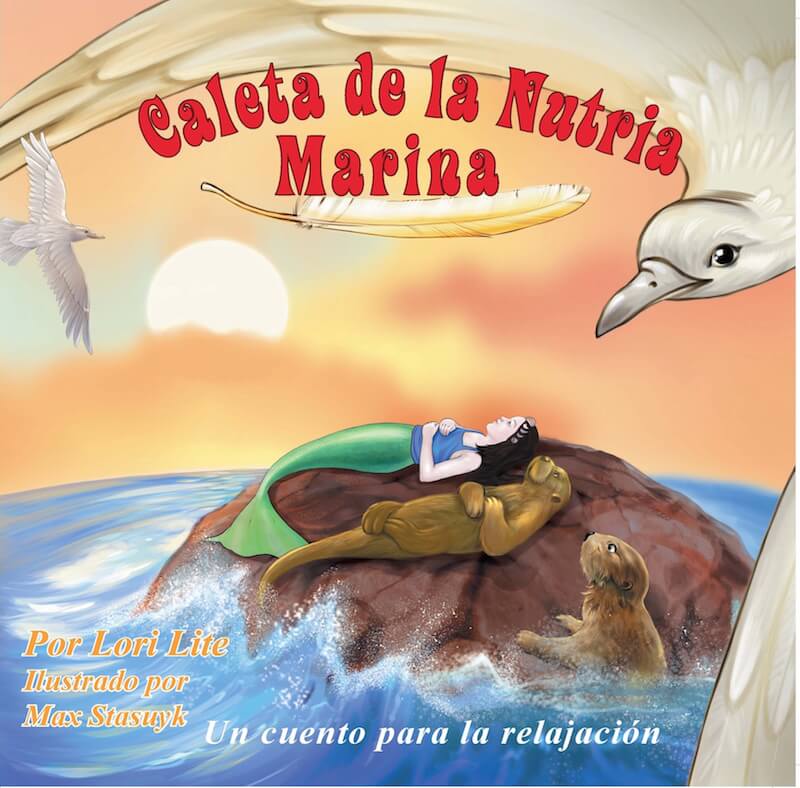
Setting for meditation - I am recovering and changing!
Imagine an intense purple silk pillow on which lies large amethyst. Enjoy the beauty of a stone that inspires confidence, bears you
calmness and great strength. Feel like purple rays of amethyst penetrate your body through the top of your head and fill your head - relieve headaches, organize thoughts. Then they go down the throat, fill the chest, relieving stress along the way. Violet color energy fills you with strength and courage. You feel a deep peace and all-encompassing love. give thanks purple and return to normal.
WARM-UP……
Change places……
2 PART.
Use relaxation exercises with children. Modern preschoolers are sometimes loaded no less than adults. Visiting kindergarten, various circles and sports sections, they get a lot of information, get tired physically and emotionally.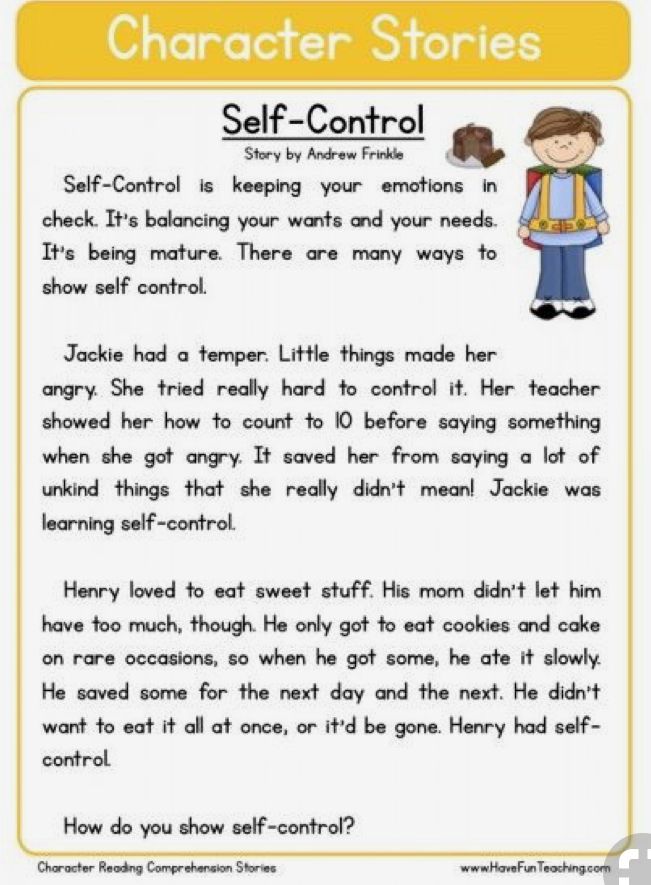 After all, you need to be in time everywhere!
After all, you need to be in time everywhere!
Such stress adversely affects the health of children. That's why It is so important to use relaxation exercises when working with preschoolers.
Active lifestyle, frequent stress in the family and at work often lead to overstrain, bad mood, and as a result - to depression. Necessary learn how to relax and use relaxation and meditation tools to dealing with overload. But what to do if a very small child is overstressed, overexcited and difficult to calm down after active games and communication? How to win childhood hyperexcitability?
For some reason It is generally accepted that relaxation and meditation methods are shown only to adults. On the in fact, this is not entirely true. Yes, frankly, it's hard to explain three-year-old child, what is meditation. Therefore, the relaxation of preschool children age requires a special look and approach. The main thing is to do it correctly and skillfully enjoy.
The nervous system of a preschool child is far from perfect.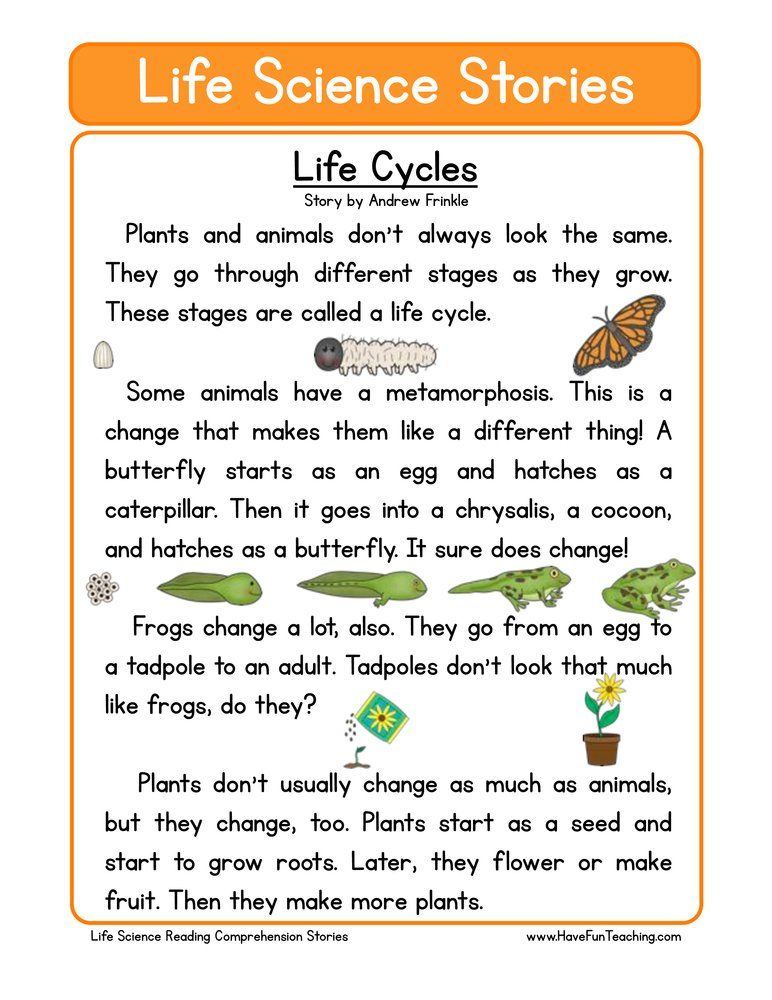 It is difficult for children to control the processes of excitation and inhibition of the nervous system. This explains restless sleep or problems falling asleep after active games. First of all, this applies to active children. But despite this, there is There are many ways to soothe an overwhelmed child.
It is difficult for children to control the processes of excitation and inhibition of the nervous system. This explains restless sleep or problems falling asleep after active games. First of all, this applies to active children. But despite this, there is There are many ways to soothe an overwhelmed child.
For the formation of emotional stability of the child, it is important to teach him to manage with your body. In the process of development, upbringing and education, children receive a huge the amount of information they need to absorb. active mental activity and the accompanying emotional experiences create unnecessary excitation in the nervous system, which, accumulating, leads to muscle tension body. The ability to relax allows you to eliminate anxiety, arousal, stiffness, restores strength, increases the supply of energy.
Relaxation (from lat. relaxation - weakening, relaxation) - deep muscle relaxation, accompanied by the removal of mental stress.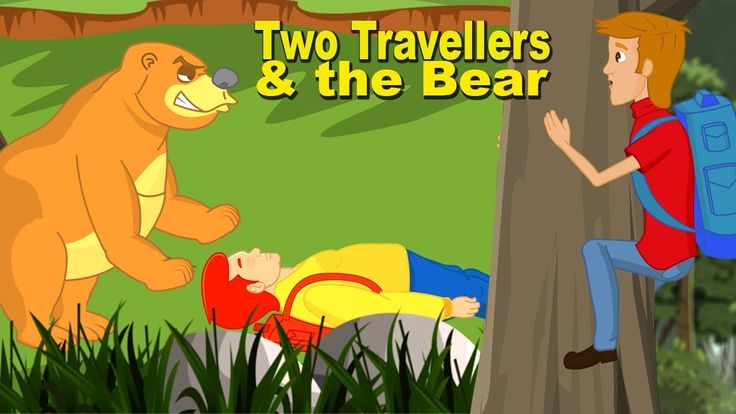 Relaxation can be involuntary, and arbitrary, achieved as a result of the application special psychophysiological techniques.
Relaxation can be involuntary, and arbitrary, achieved as a result of the application special psychophysiological techniques.
Relaxation exercises with concentration on the breath:
“Blow out the candle.”
Inhale deeply, taking as much air into the lungs as possible. Then, stretching out his lips with a tube, exhale slowly, as if blowing on a candle, while pronouncing a sound for a long time "at".
Lazy Kitty.
Raise your arms up, then stretch forward, stretch like a cat. Feel how the body stretches. Then sharply lower your hands down, making a sound "a".
Facial relaxation exercises:
“Naughty cheeks”.
Take in air by puffing out your cheeks. Hold your breath, exhale slowly air, as if blowing out a candle. Relax your cheeks. Then close your lips with a tube, inhale air by drawing it in. The cheeks are retracted. Then relax your cheeks and lips.
Relax your cheeks. Then close your lips with a tube, inhale air by drawing it in. The cheeks are retracted. Then relax your cheeks and lips.
Locked mouth.
Purse the lips so that they are not visible at all. Close your mouth with a padlock pursing his lips tightly. Then relax them:
I have a secret, I won't tell you, no (purse your lips).
Oh, how hard it is to resist without saying anything (4–5 s).
I will still relax my lips, but I will keep the secret for myself.
“Evil has calmed down”.
Tighten the jaw, stretching the lips and exposing the teeth. Roar with all your might. Then take a few deep breaths, stretch, smile and open your mouth wide, yawn:
And when I get very angry, I tense up, but I hold on.
I squeeze my jaw tightly and scare everyone with a growl (growl).
For anger to fly away and the whole body to relax,
You need to take a deep breath, stretch, smile,
Maybe even yawn (with your mouth wide open, yawn).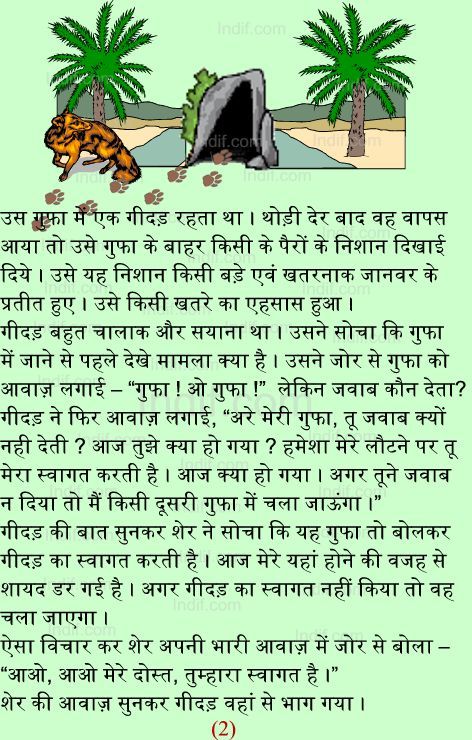
Neck relaxation exercises:
Curious Barbara.
Starting position: standing, feet shoulder-width apart, arms down, head straight. Turn your head to the left, then to the right. Inhale-exhale. Traffic repeated 2 times in each direction. Then return to starting position relax muscles:
Curious Barbara looks left, looks right.
And then forward again - here he will rest a little.
Raise your head up, look at the ceiling for as long as possible. Then return to starting position, relax the muscles:
And Varvara looks up the longest and farthest!
Coming back - relaxing is nice!
Slowly lower your head down, press your chin to your chest. Then return to starting position, relax the muscles:
Now let's look down - the neck muscles are tense!
We are coming back - relaxation is nice!
Arm muscle relaxation exercises:
Lemon.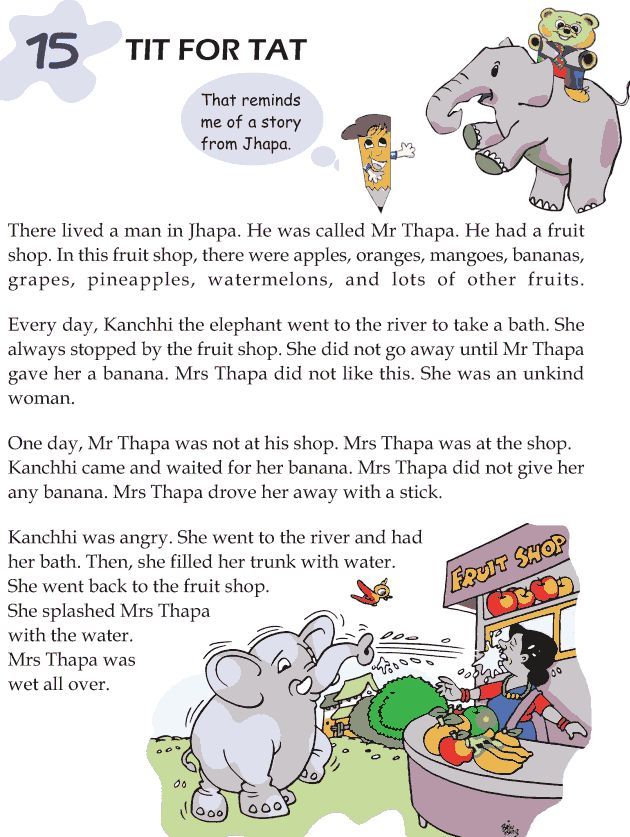
Put your hands down and imagine that there is a lemon in your right hand, from to be juiced. Slowly squeeze your right hand as tightly as possible in fist. Feel how tense your right hand is. Then throw a "lemon" and relax your hand:
I will take a lemon in my palm.
I feel that it is round.
I squeeze it lightly -
I squeeze lemon juice.
Everything is in order, the juice is ready.
I throw a lemon, relax my hand.
Perform the same exercise with the left hand.
“Pair” (alternating movement with voltage and hand relaxation).
Standing opposite each other and touching the partner's palms extended forward, with straighten your right arm with tension, thereby bending your left arm at the elbow partner. The left hand at the same time bends at the elbow, and the partner straightens up.
“Vibration”.
What a wonderful day today!
We will drive away melancholy and laziness.
They shook their hands.
Here we are healthy and vigorous.
Leg Relaxation Exercises:
“Deck”.
Imagine yourself on a ship. Shakes. In order not to fall, you need to spread your legs wider and press them to the floor. Clasp your hands behind your back. Rocked the deck - move body weight on the right leg, press it to the floor (the right leg is tense, the left relaxed, slightly bent at the knee, toe touches the floor). Straighten up. Relax your leg. It swung in the other direction - to press the left leg to the floor. Straighten up! Inhale-exhale!
The deck has begun to rock! Press your foot to the deck!
We press the leg tighter, and relax the other.
Horses.
Our legs flashed,
We will run along the path.
But be more careful,
Don't forget what to do!
“Elephant”.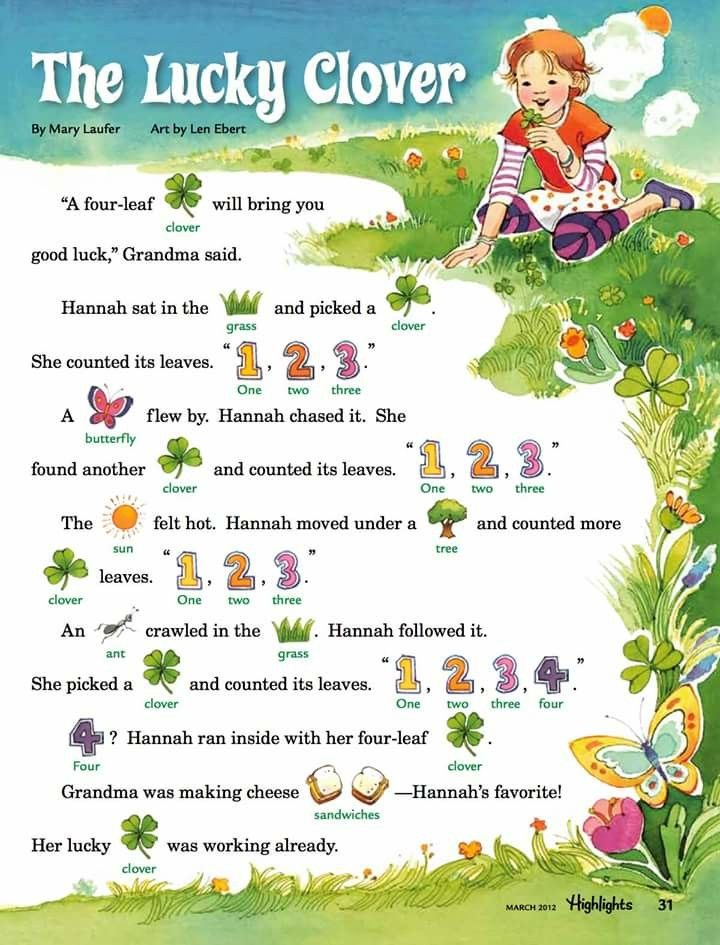
Supply steady feet, then imagine yourself as an elephant. Slowly shift body weight to one leg, and raise the other high and lower it to the floor with a “roar”. Move along room, alternately raising each leg and lowering it with a kick of the foot on the floor. Breathe out "Wow!"
Exercise for relaxation of the whole organism:
“Snow Woman”.
Children imagine that each of them is a snowman. Huge, beautiful, molded from the snow. She has a head, a torso, two arms sticking out to the sides, and she stands on strong legs. Beautiful morning, the sun is shining. Here it begins bake, and the snowman begins to melt. Next, the children depict how it melts snow lady. First the head melts, then one hand, then the other. Gradually, little by little the body begins to melt. The snowman turns into a puddle that spreads over earth.
“Birds”.
Children pretend they are small birds. They fly through the fragrant summer forest, inhale its aromas and admire it. beauty. So they sat down on a beautiful wild flower and inhaled its light aroma, and now they flew to the highest linden, sat on its top and smelled the sweet smell of a flowering tree. But a warm summer blew a breeze, and the birds, along with its impulse, rushed to the murmuring forest stream. Sev at the edge of the stream, they cleaned their feathers with their beaks, drank clean, cool water, splashed and rose up again. And now let's land at the very a cozy nest in a forest clearing.
They fly through the fragrant summer forest, inhale its aromas and admire it. beauty. So they sat down on a beautiful wild flower and inhaled its light aroma, and now they flew to the highest linden, sat on its top and smelled the sweet smell of a flowering tree. But a warm summer blew a breeze, and the birds, along with its impulse, rushed to the murmuring forest stream. Sev at the edge of the stream, they cleaned their feathers with their beaks, drank clean, cool water, splashed and rose up again. And now let's land at the very a cozy nest in a forest clearing.
Bell
Children lie on their backs. Close your eyes and relax to the sound of a lullaby "Fluffy Clouds" “Awakening” takes place to the sound of a bell.
Summer day."
Children lie on their back, relaxing all the muscles and closing their eyes. Relaxation passes to the sound of calm music:
I'm lying in the sun,
But I don't look at the sun.
We close our eyes, our eyes rest.
The sun strokes our faces,
May we have a good dream.
Suddenly we hear: boom-boom-boom!
Thunder came out for a walk.
Thunder rumbles like a drum.
“Delayed traffic". Children sit closer to the edge of the chair, lean against the back, hands freely put on their knees, legs slightly apart, close your eyes and sit quietly for a while, listening to slow, quiet music:
Everyone can dance, jump, run, draw.
But not everyone knows how to relax, to rest.
We have a game like this - very easy, simple.
Movement slows down, tension disappears.
And it becomes clear - relaxation is pleasant!
Silence.
Hush, hush, hush!
You can't talk!
We are tired - we need to sleep - we will lie down quietly on the bed,
And we will sleep quietly.
Doing these exercises is very like children, because they have an element of the game. They learn quickly difficult ability to relax.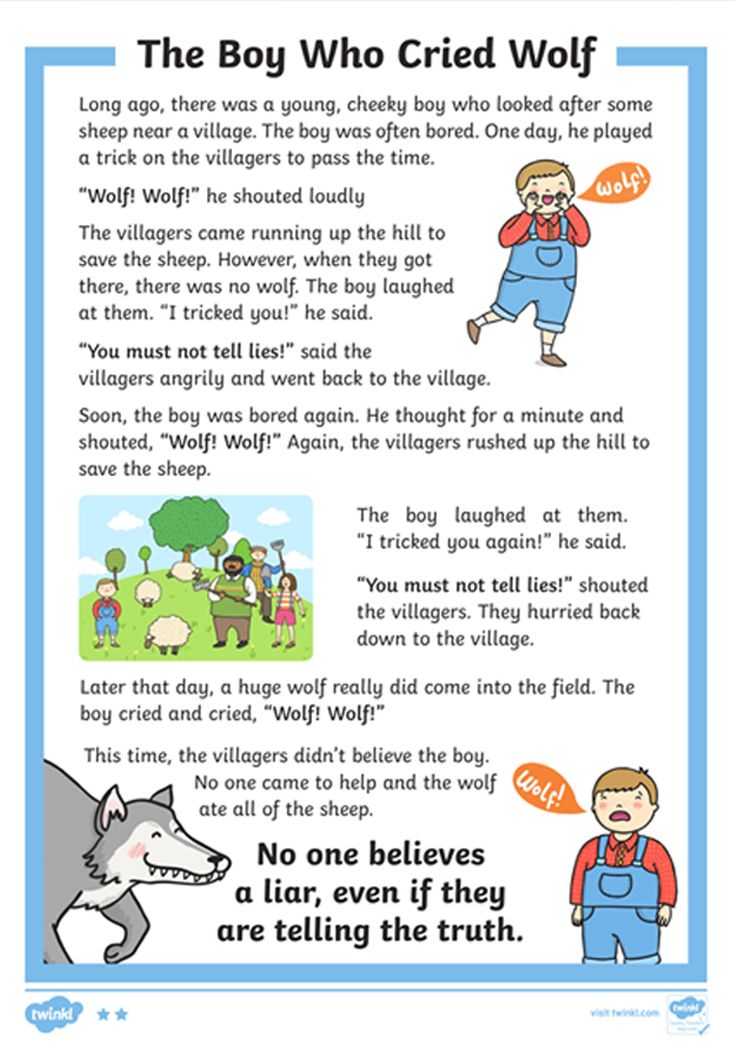
Having learned relaxation, each child receives what he previously lacked. it applies equally to any mental processes: cognitive, emotional or volitional. In the process of relaxation, the body in the best way redistributes energy and tries to bring the body to balance and harmony.
Relaxing excited, restless children gradually become more balanced, attentive and patient. Children are inhibited, constrained, lethargic and timid gain confidence, vigor, freedom in expressing their feelings and thoughts.
Such system work allows the child's body to relieve excess stress and restore balance, thereby maintaining health.
4. DRAWING TO MUSIC… Teachers to a calm music with closed eyes draw involuntary lines. Then combine them into circle (symbol of harmony) and find some objects in blots, coloring them colored pencils.
5. EVERYTHING YOU ARE GREAT… Offered to the participant tell about yourself some unpleasant incident from childhood, and the rest find the positive features of his deeds and say: "Anyway, you're done!"
6.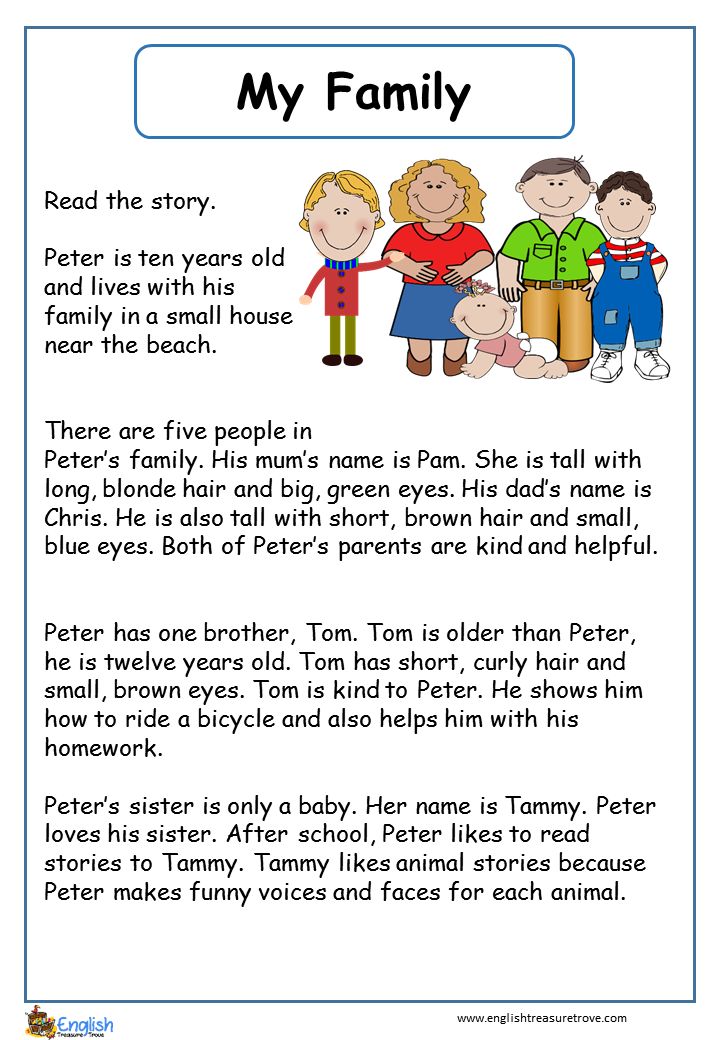 GYPSY FORTUNE… At the final stage of my speech, I chose the entourage of the gypsy atmosphere. Dressed up as a gypsy and on the cards to everyone told the participants. Fortune-telling closely borders on the main topic of the seminar - RELAXATION.
GYPSY FORTUNE… At the final stage of my speech, I chose the entourage of the gypsy atmosphere. Dressed up as a gypsy and on the cards to everyone told the participants. Fortune-telling closely borders on the main topic of the seminar - RELAXATION.
7. Ritual of farewell. Everyone stood in a circle, joined hands and the circle is invited to each next participant to wish something good, sincere, kind.
- On this, dear colleagues, my speech coming to its logical conclusion! I wish you all happiness, good luck in your difficult field and in life in general. Learn to relax, rest! All the very best to you good!!!
9000 9000 9000
9000 9000 9000 9000 9000 9000 9000 9000 9000 9000 9000 9000
MR Uchaly district MADOU Kindergarten No. 15 "Krepysh" Uchaly
I approve:
Head of MADOU D / s No.

